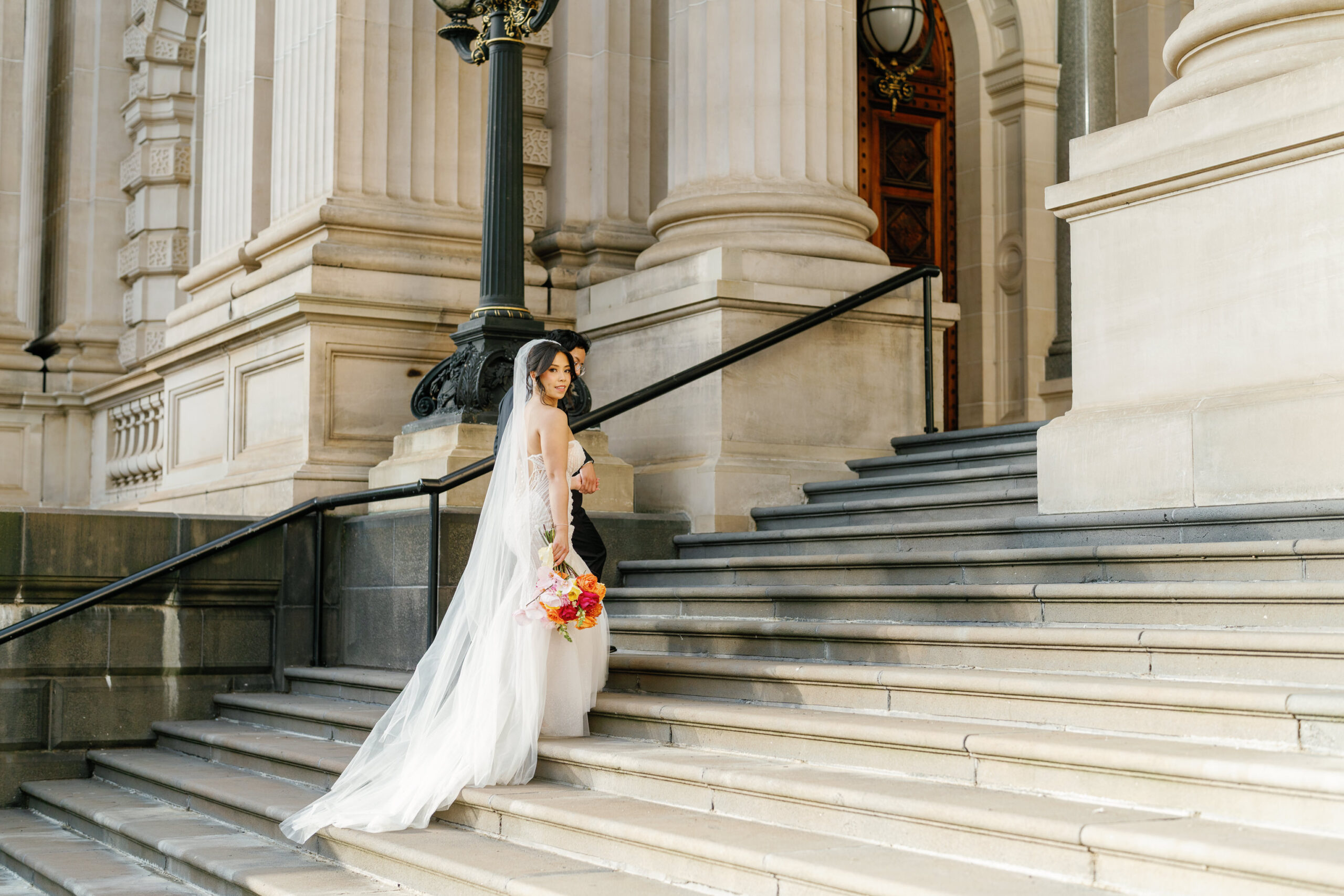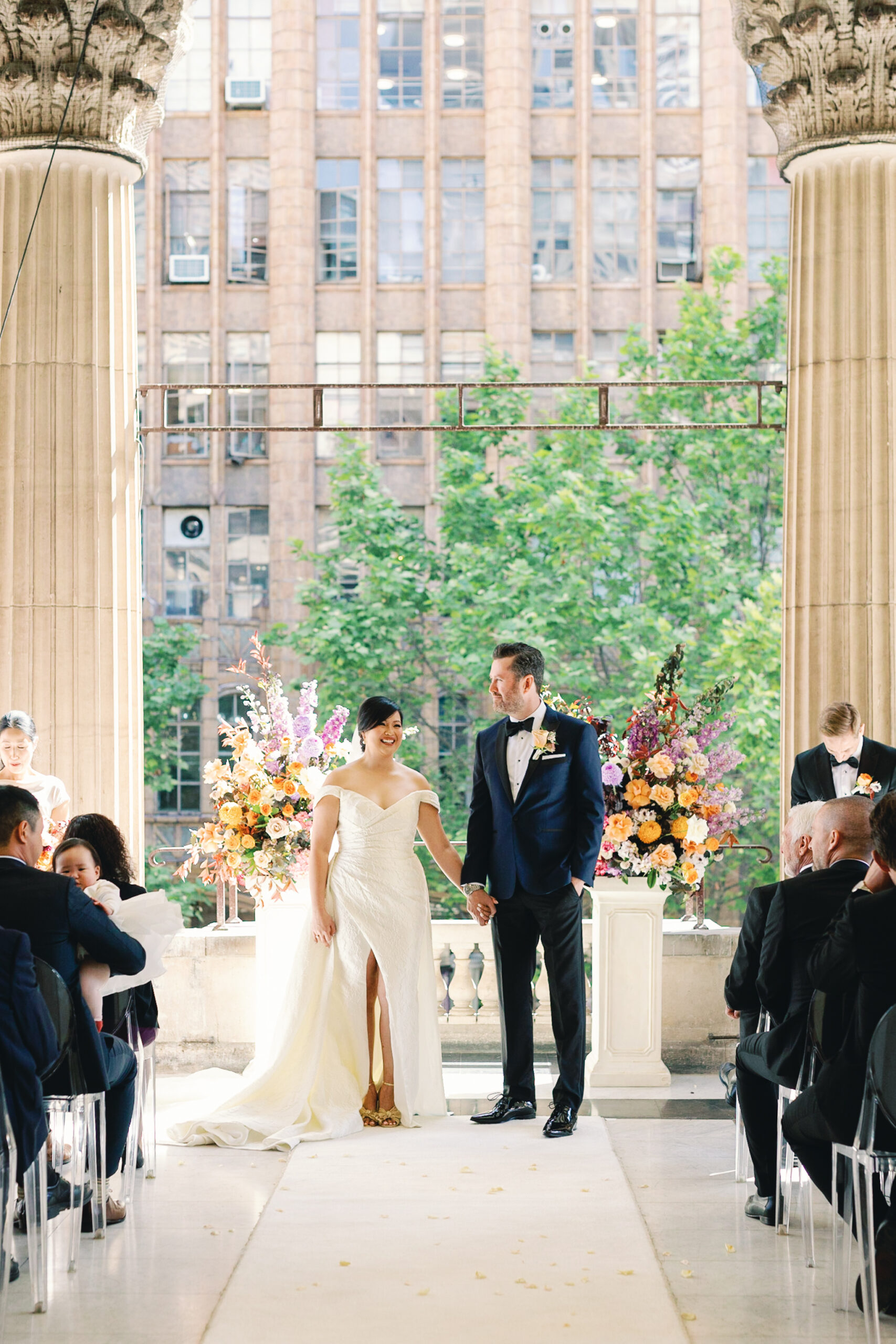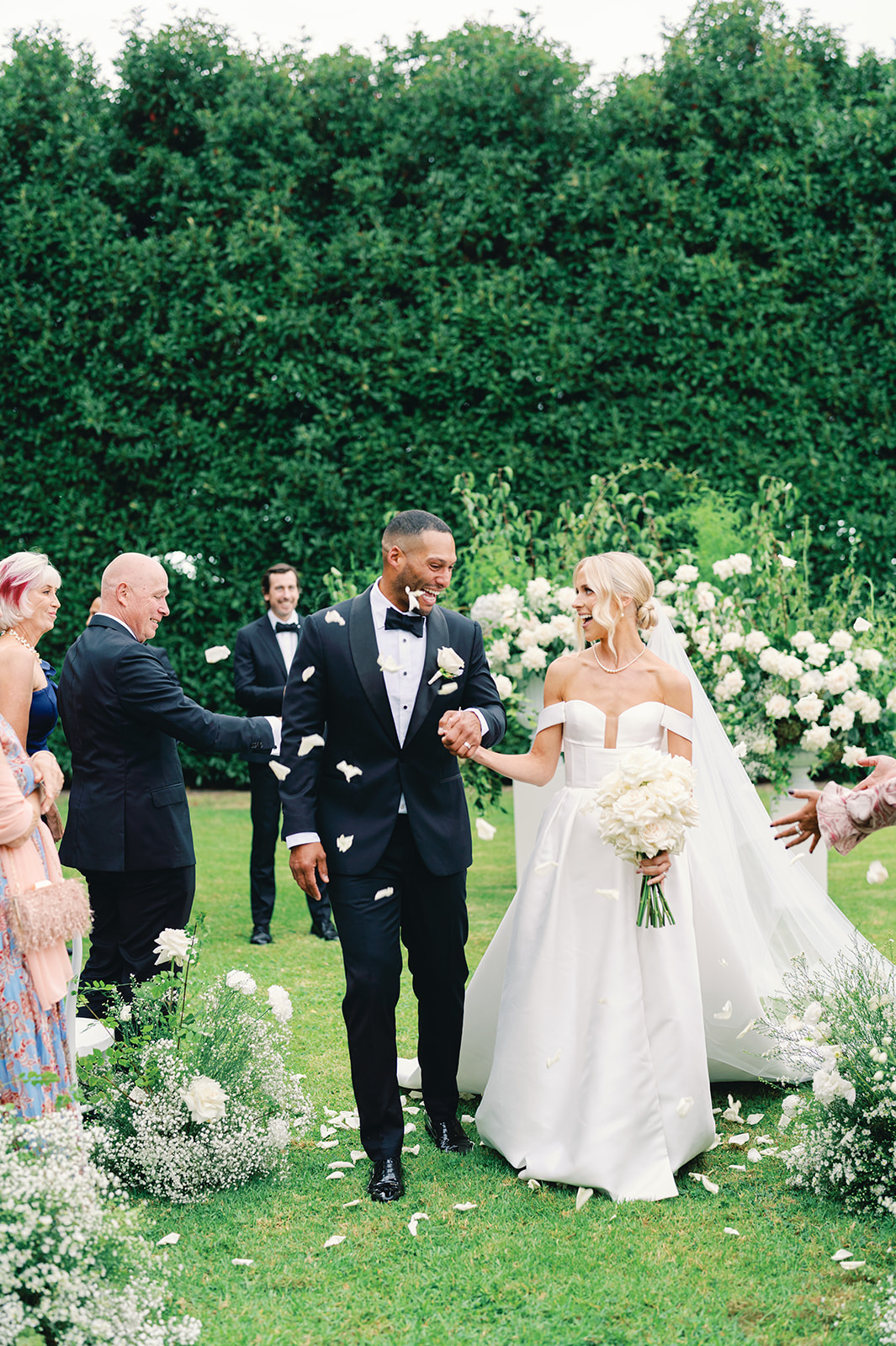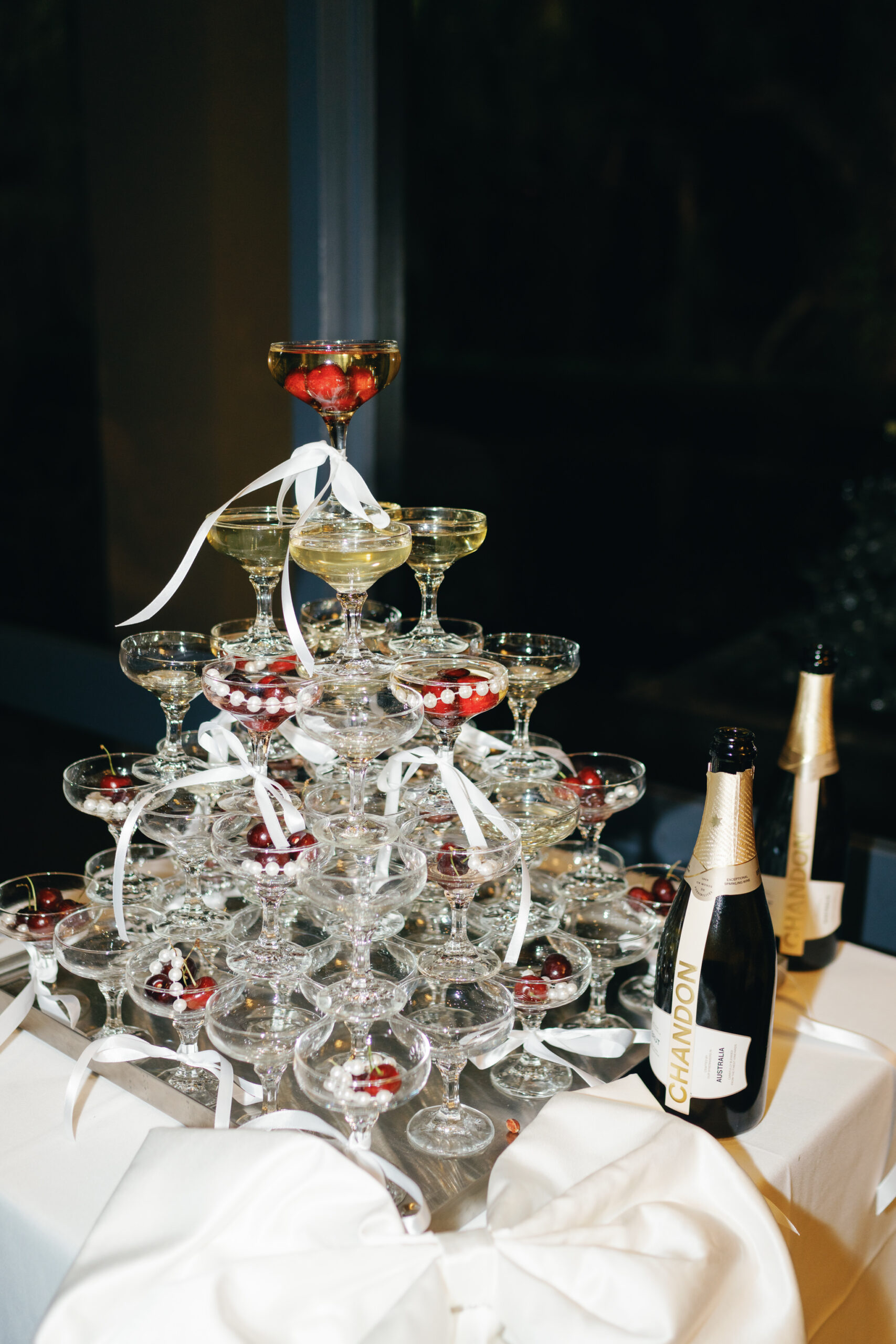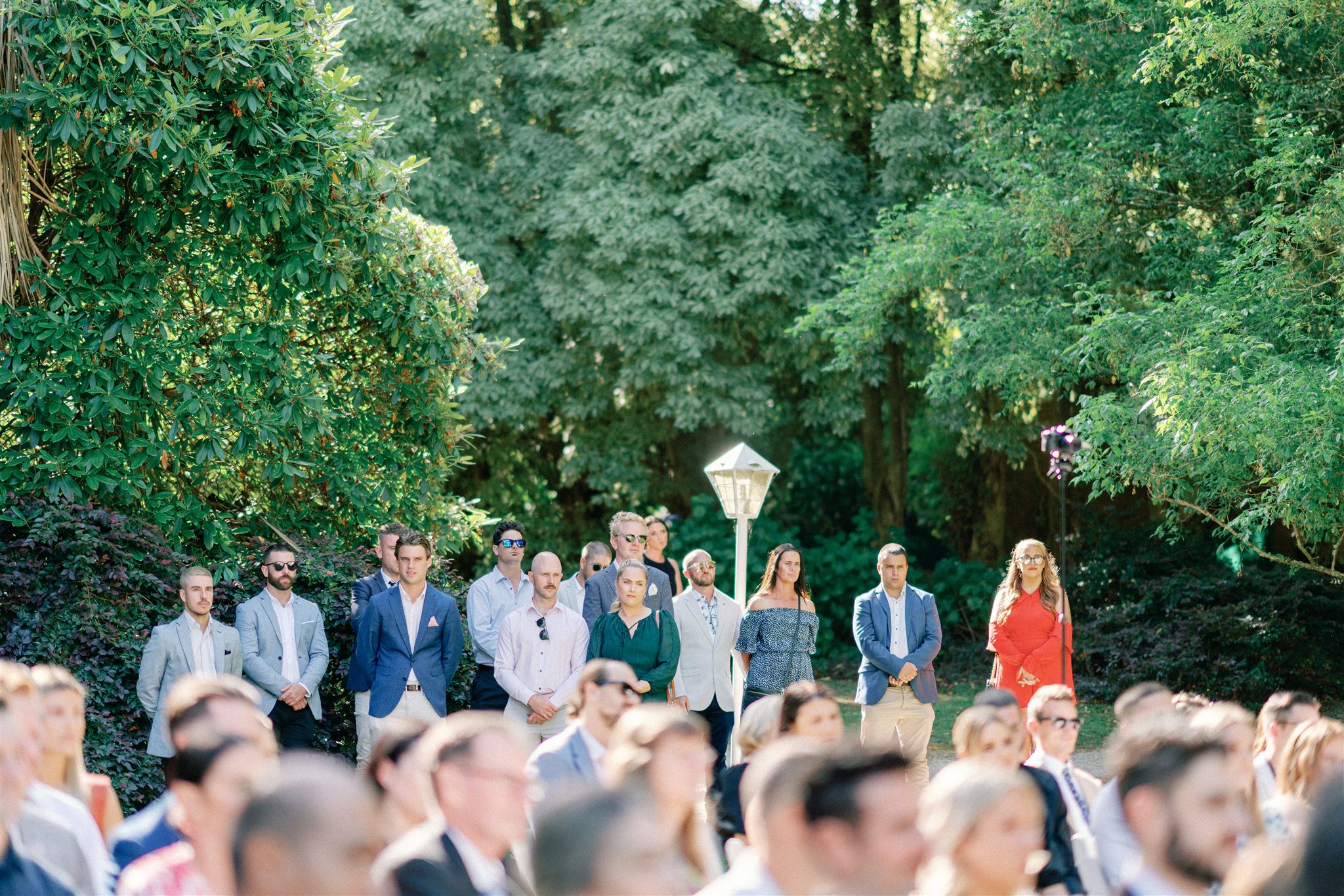
One important step when planning your wedding day is putting together your wedding photography timeline. With so much going on during the day, a wedding timeline ensures you have enough time for photos and keeps you rushing from one moment to the next.
So whether you’re hiring a photographer for the first time or just looking for some reassurance, here are a few tips and suggestions to help create a timeline that works for you.
Wedding Photography Timeline
There is no one-size-fits-all when it comes to wedding photography timelines. Every wedding is different, and each wedding day will have unique moments. However, these tips can help you create a wedding timeline that works for you and gives you peace of mind to enjoy the day.
Groom Prep (45 mins to 1 hour)
The first thing I capture during the day is the groom and their groomsmen. It’s always best if the groomsmen are ready in their dress pants and shirt when I arrive. From there, I start by capturing the groom’s details, including details like their cuff links, bow tie, shoes, and cologne.
Then I capture the group getting ready, including putting on their suit jacket and having celebratory drinks with their groomsmen. If the bride and groom decide to gift each other something to open before the ceremony, it’s great to use this time to photograph the groom’s reaction to their gift.
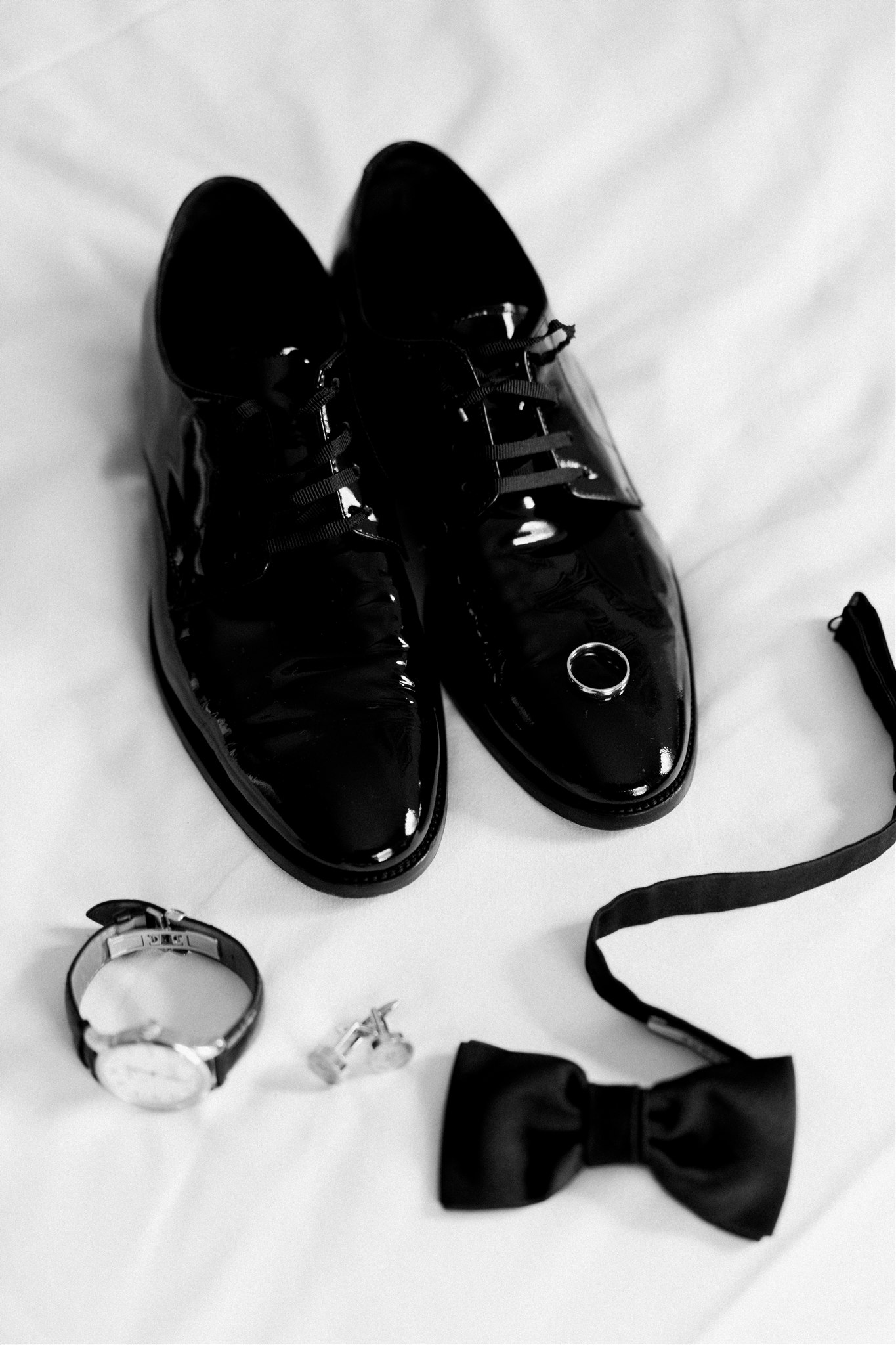
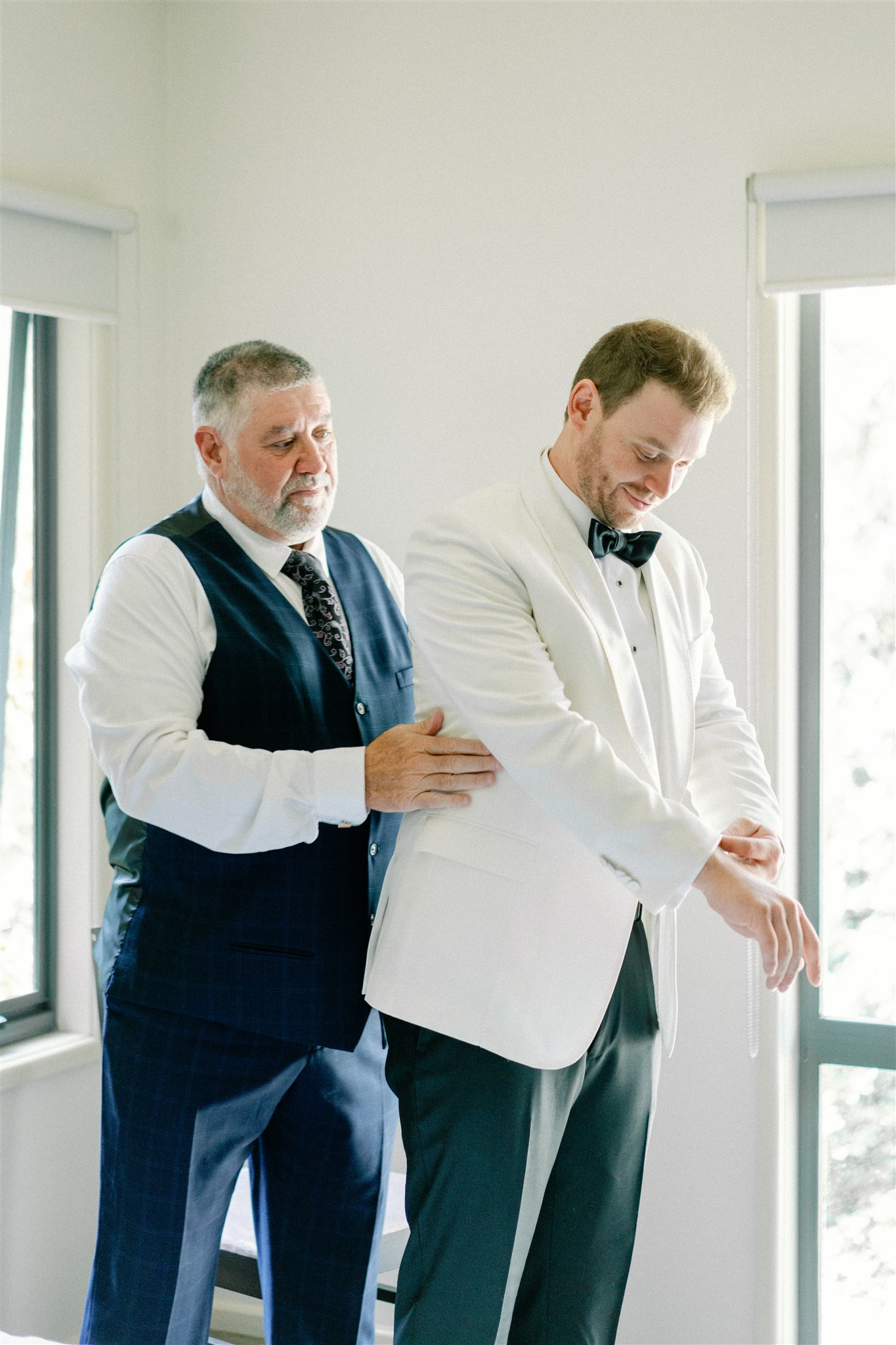
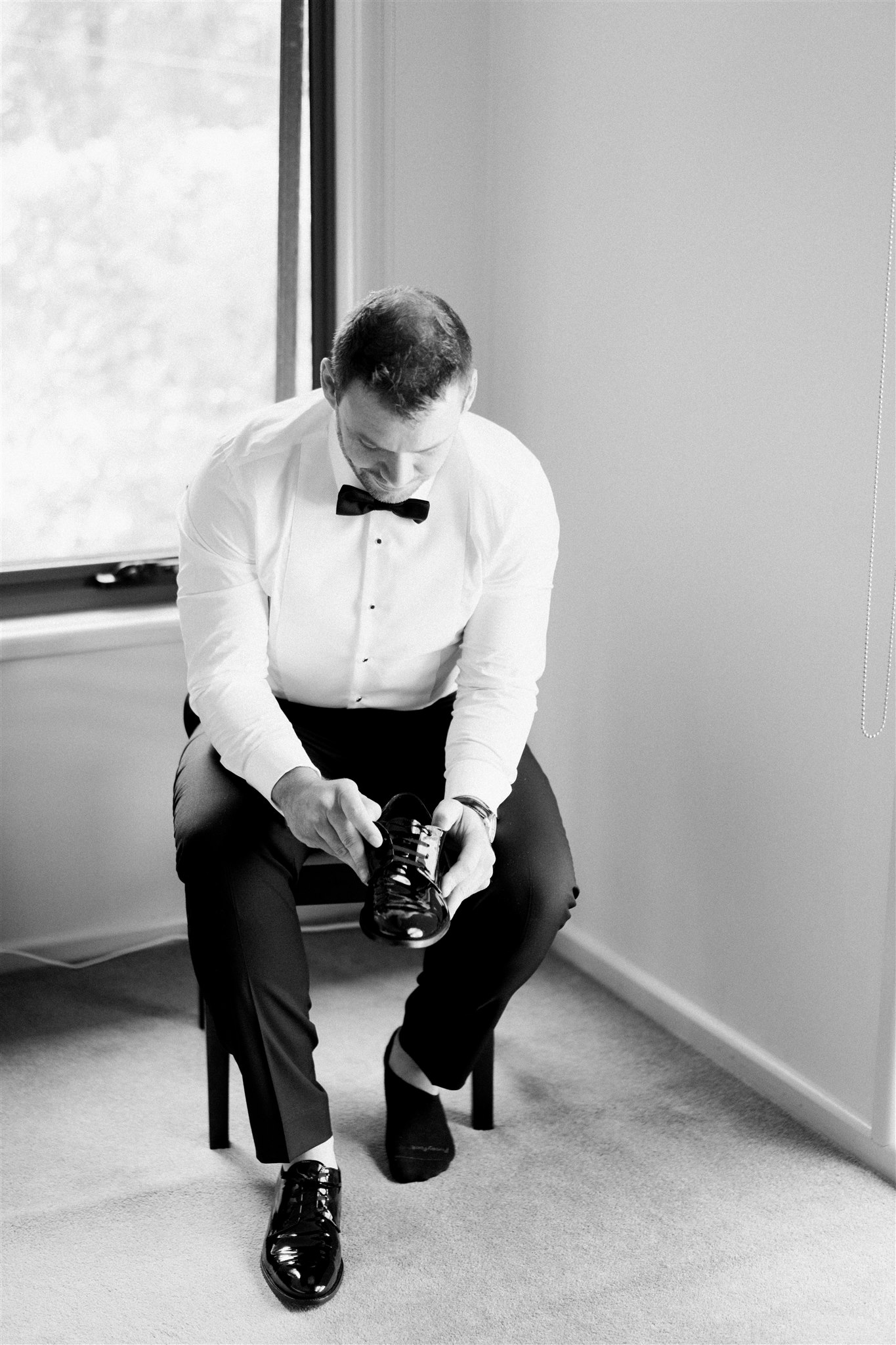
Bride Getting Ready (1.5 hours)
Once I’ve captured the groom, it’s time to capture the bride getting ready!
I’ll start with details and usually shoot these at the same location as where the bride is getting ready so I recommend choosing a getting-ready location filled with natural light and free from clutter, so it doesn’t take long to set up.
A few details that you might want to include are the rings, shoes, your veil, perfume, and other sentimental keepsakes. Finally, I recommend asking your florist if they can supply a few cuts from your wedding florals. I will usually incorporate these pieces into the shot.
These photos can include getting ready in your PJs, popping champagne, the bride putting on their wedding dress, and moments shared between the bride and their parents.
A few things can impact the timeline for this part of the day. For example, if the bride is getting ready far away from the venue, then it’s best to start capturing this early in the day, so the photographer has time to get to the venue before everyone arrives.
You may also need more time depending on how many people get hair and makeup. For example, if the bride, their bridesmaids and their mother are getting ready together, more time is necessary to get photos of everyone.
It’s up to the bride what she wants to capture during this moment. As a wedding photographer, I’m happy to make suggestions. However, it helps when the bride has an idea of what she wants to capture, so nothing gets missed.
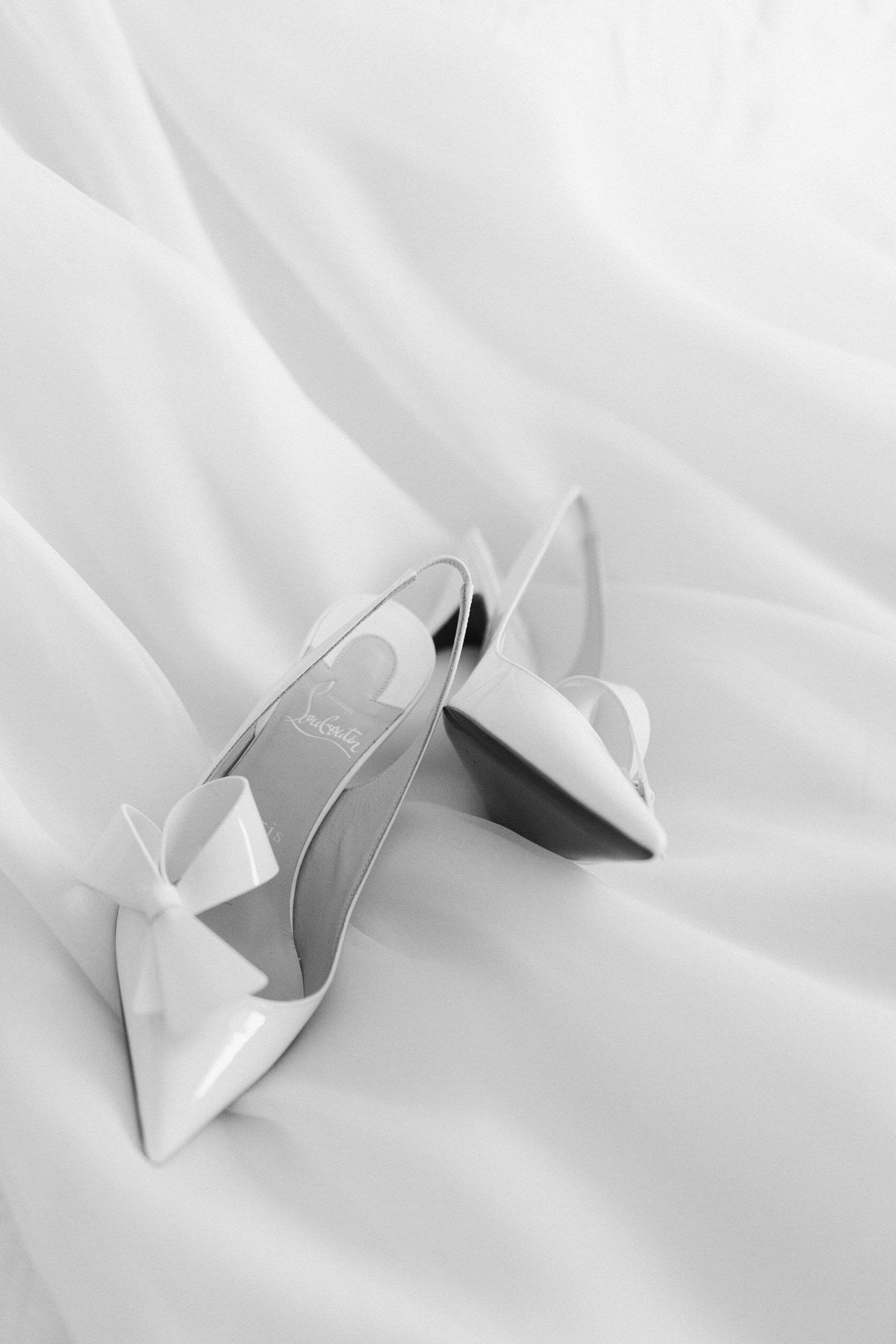
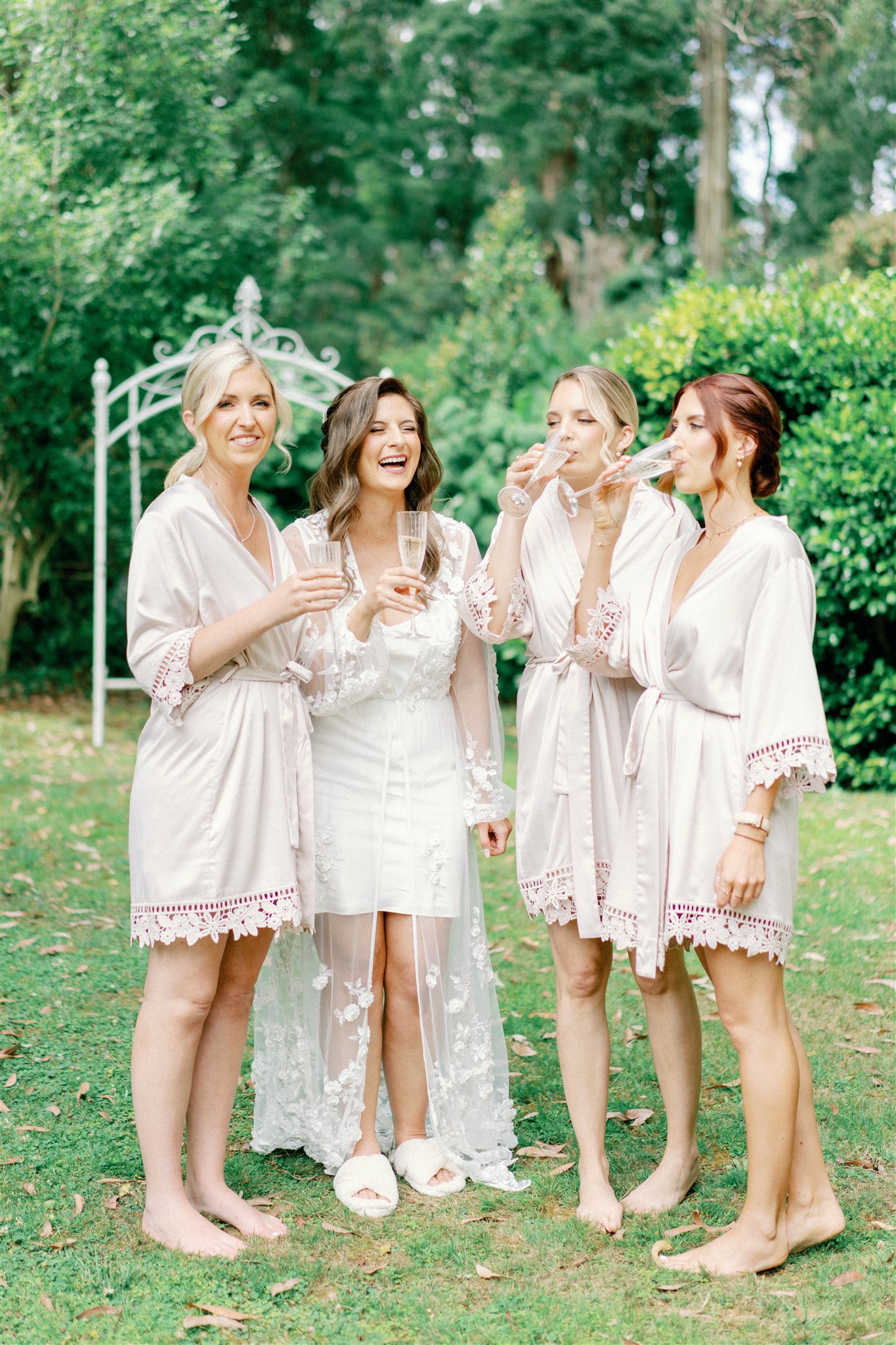

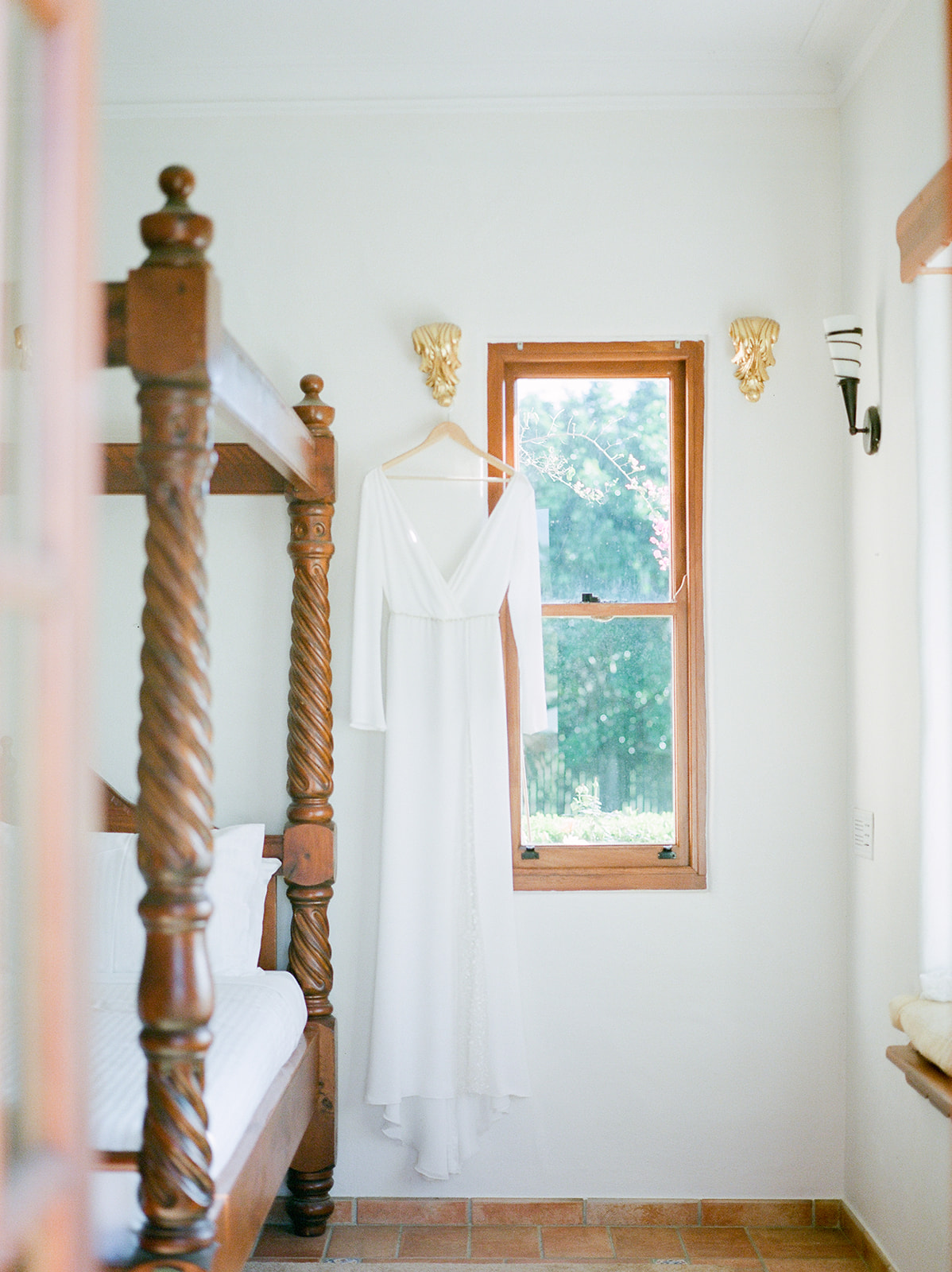
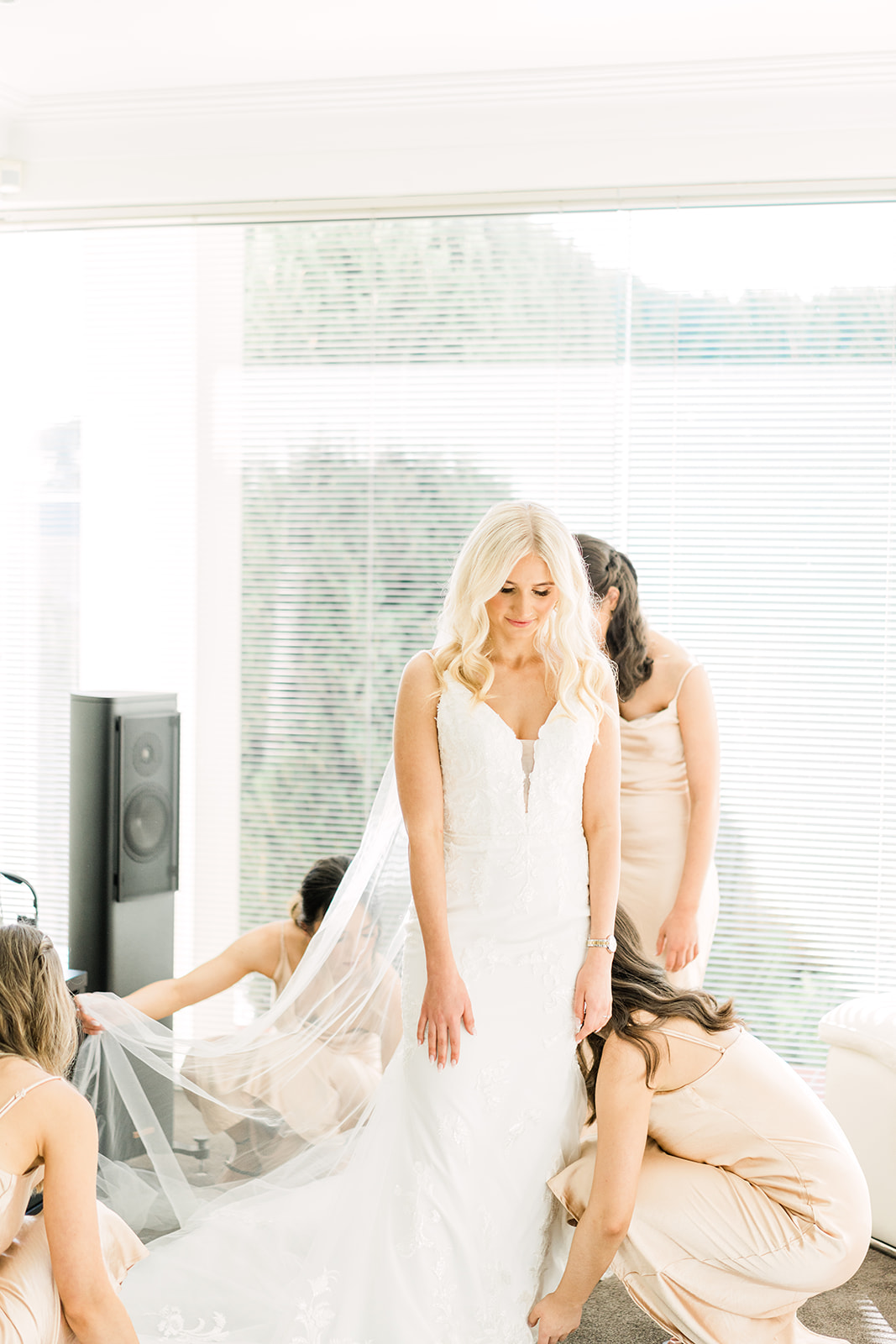
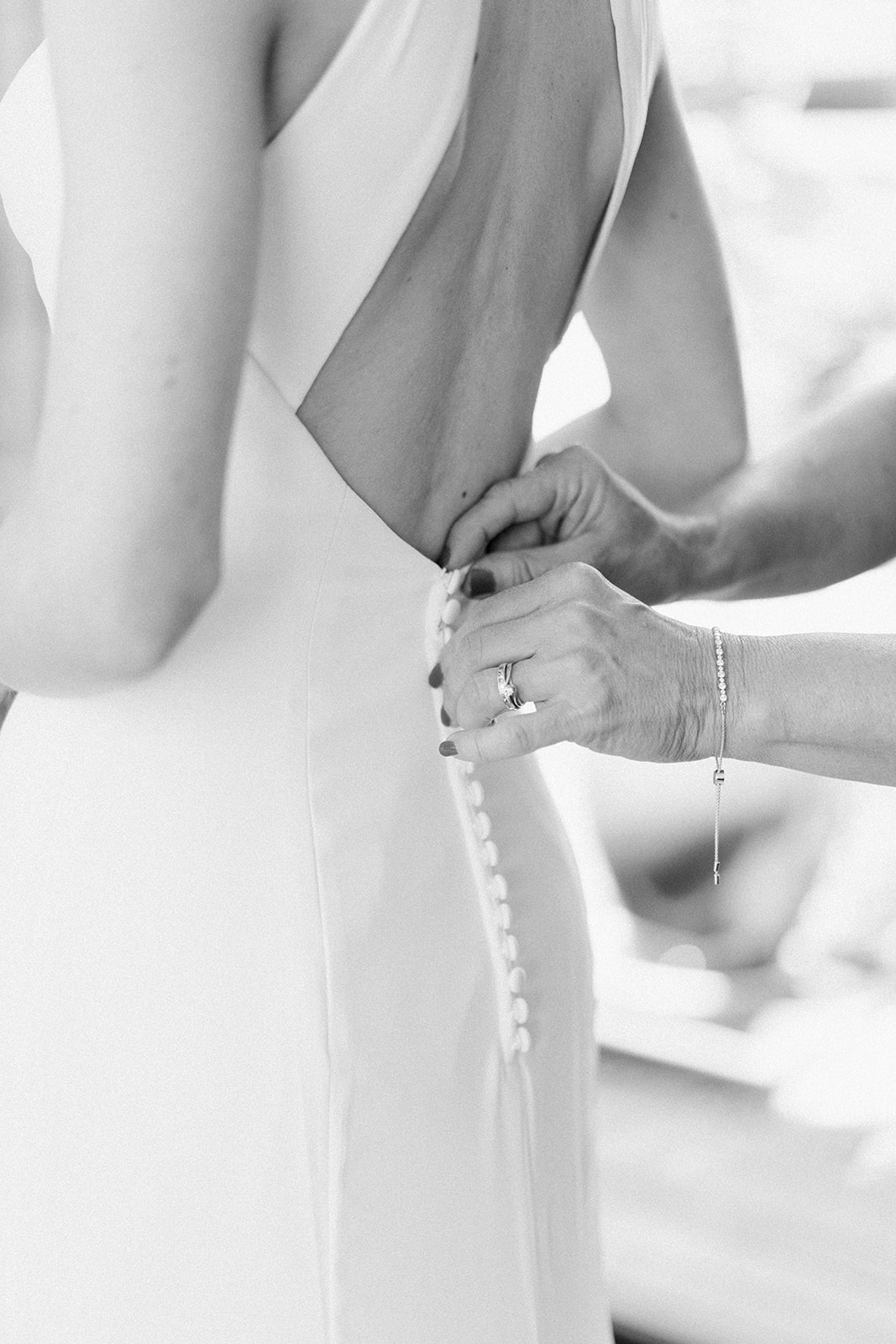
First Look (optional – allow 20mins)
If you’re on the fence about whether you should do a first look, then make sure to read this section. The moment the couple sees each other for the first time on the wedding day is magical, whether the couple chooses to do a first look or not.
Although you might prefer the tradition of seeing your partner for the first time as you walk down the aisle, there are definitely a few good reasons to consider doing a first look. To help you decide, here are three reasons to consider a first look:
- Gives you a moment alone
There’s no denying that wedding days can be a whirlwind and tend to go by quickly. However, having a first look gives you a moment alone with your partner – a moment that most couples tend to forget with the chaos of the day.
So, whether or not you choose to have a first look, I always encourage my couples to take a few minutes every so often during their wedding to stop and soak in everything that’s happening.
- More time for pictures after the ceremony
When there is no first look, most portrait photos happen after the ceremony and before the reception. During this time, photographers will also take family photos and group photos with the wedding parties since everyone is already there.
After the group shots, the bride and groom will then take their portraits. By this time, photos will naturally overlap with the cocktail hour. However, having a first look allows you to take more photos before the ceremony, so you have time to enjoy cocktail hour with your guests.
Then during sunset, you and your partner can run off to take a few more portrait photos.
- Great for winter weddings
If you’re planning a winter wedding, then you might want to consider adding a first look to your wedding timeline. The best way to create dreamy wedding photos is with natural light and in the winter, daylight disappears quickly. First look give you plenty of opportunity to take photos during the day and at sunset without compromising your vision and list of must-have shots.
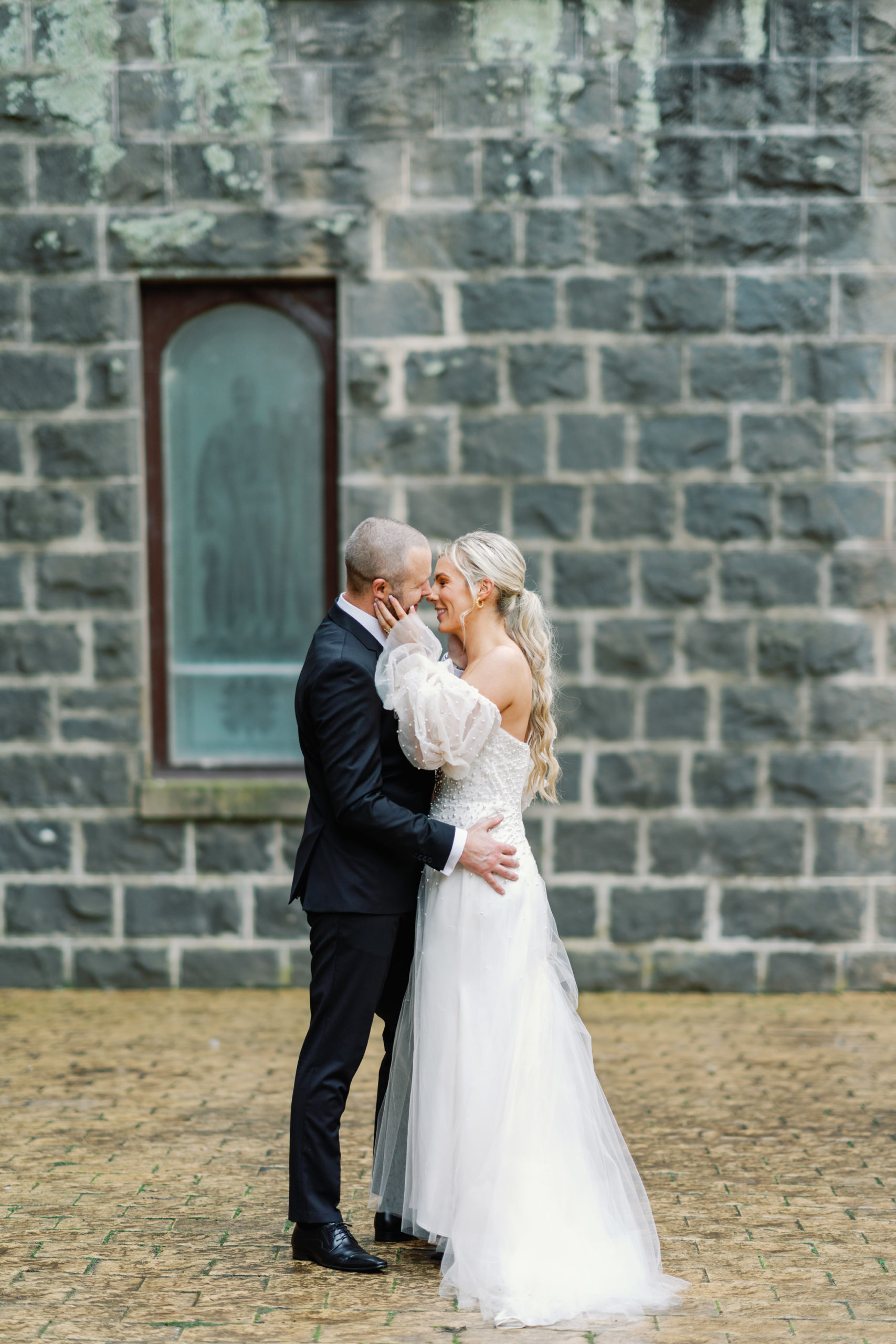
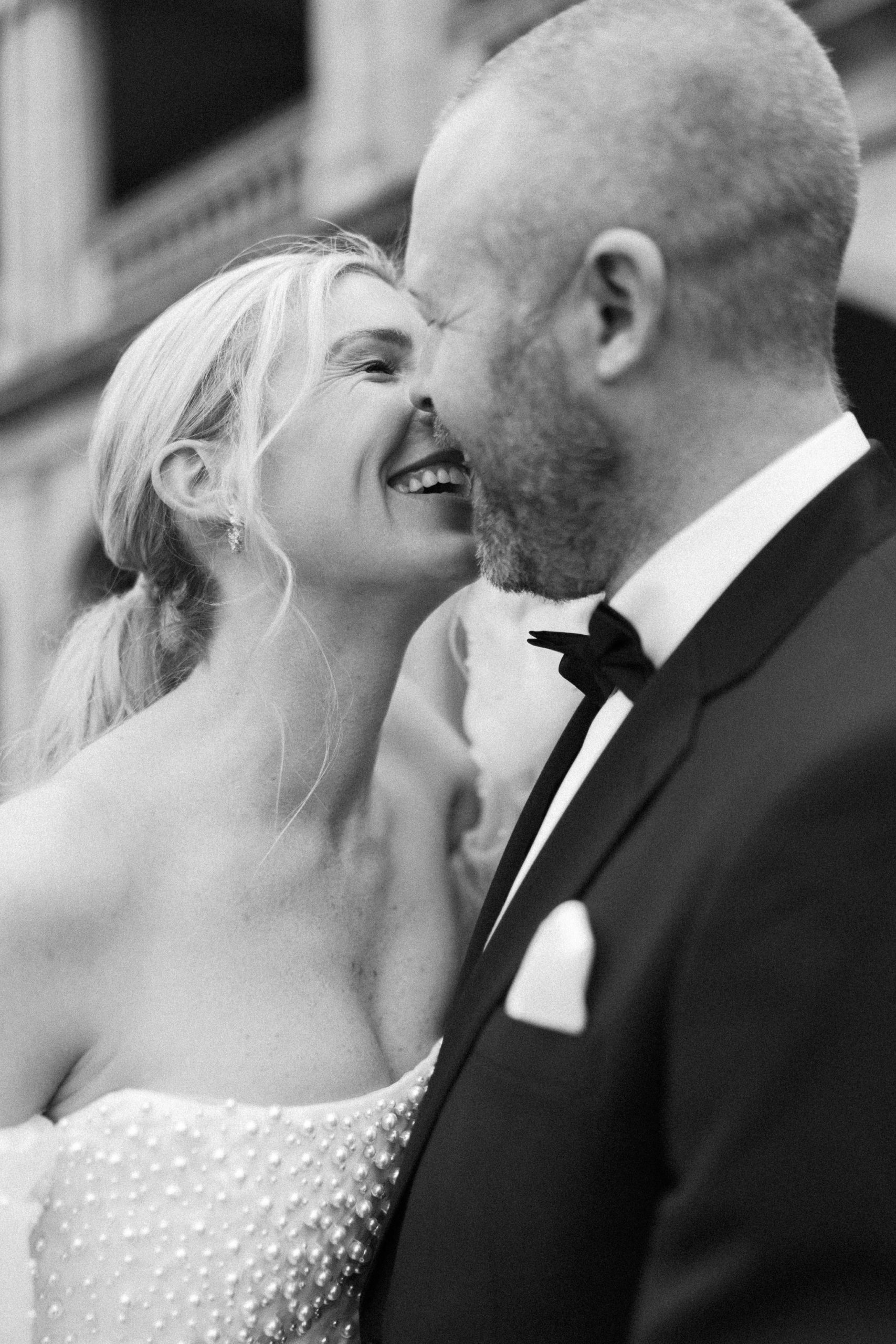
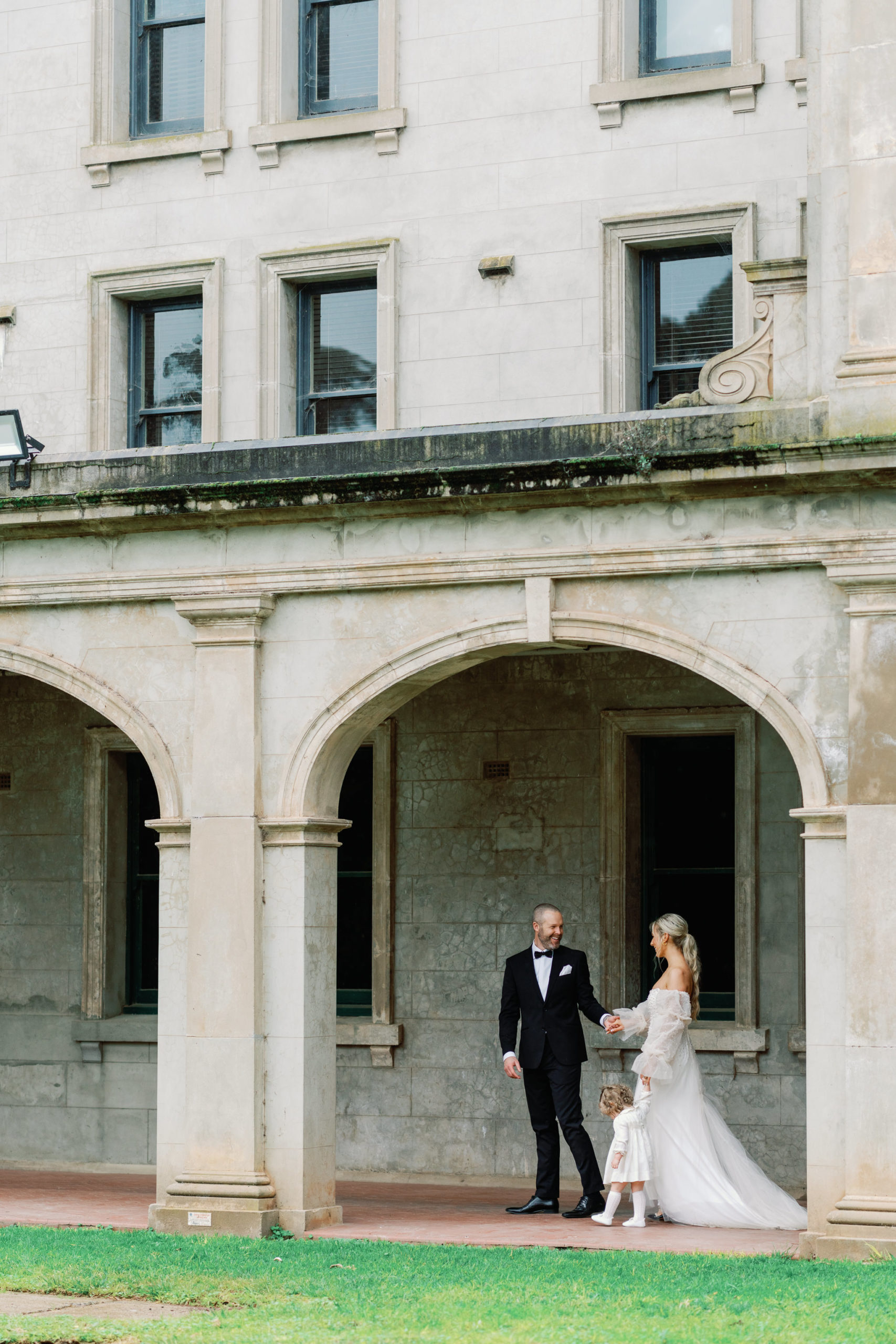
Pre-Ceremony (15-30mins)
After I’ve finished capturing the bride and bridesmaids, I’ll head to the venue to take some pre-ceremony photos. This 15-30 minute buffer before the bride arrives is the perfect time to capture photos of the guests, details of the ceremony and the groom anxiously waiting.
It’s also an opportunity for me to connect with the celebrant and your day-of-coordinator to ensure we’re all on the same page and go over any last-minute details.
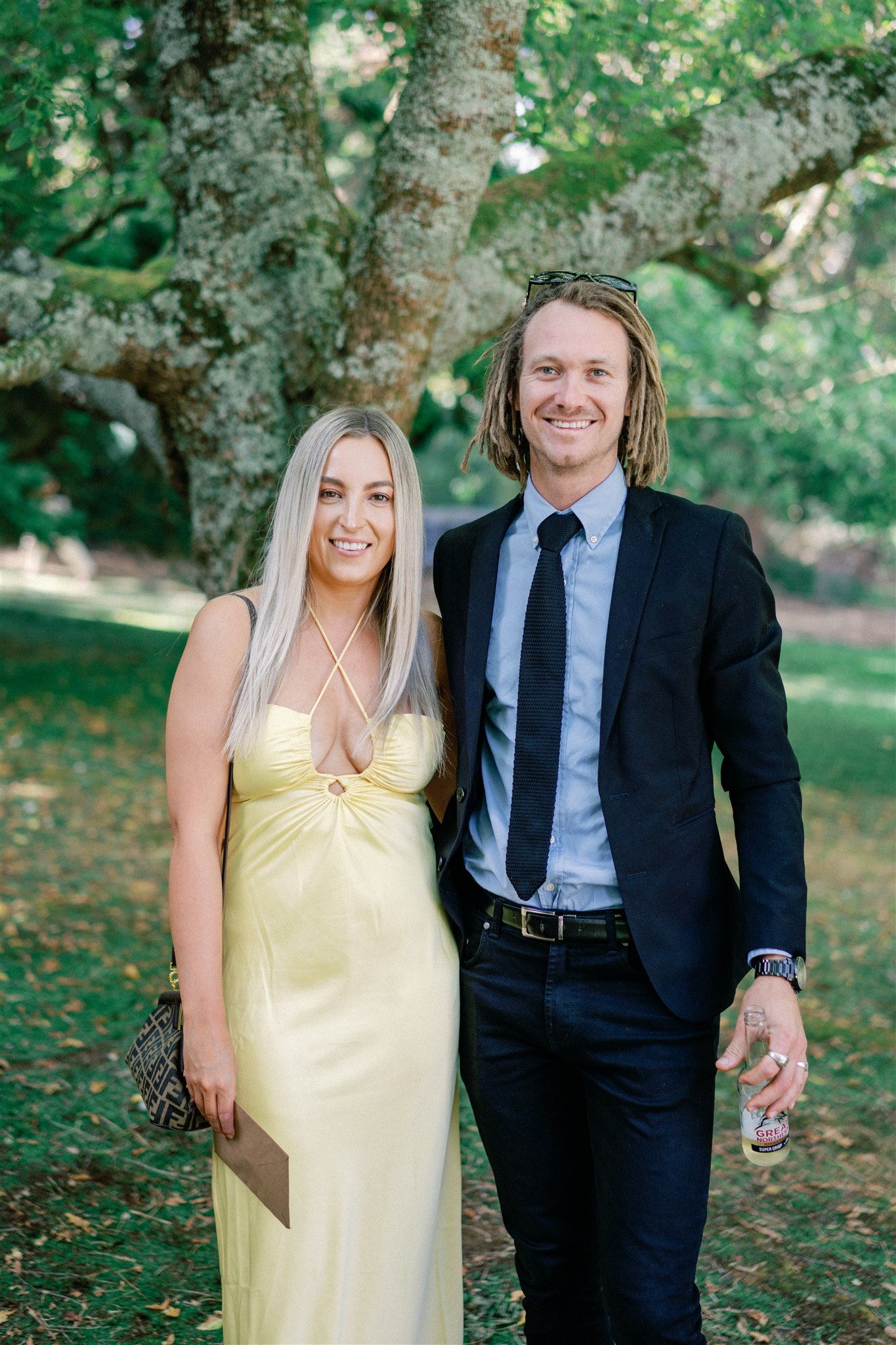
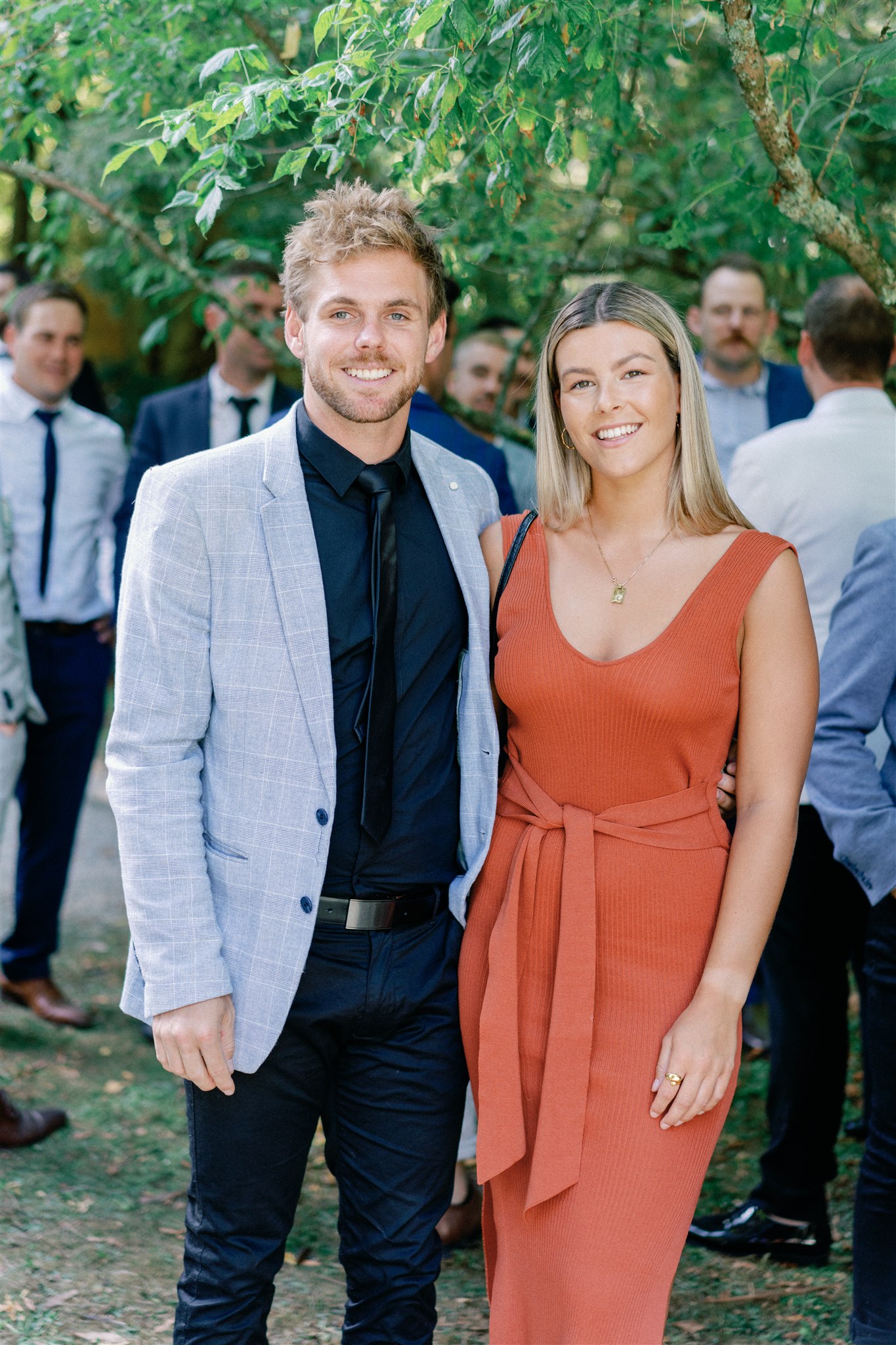
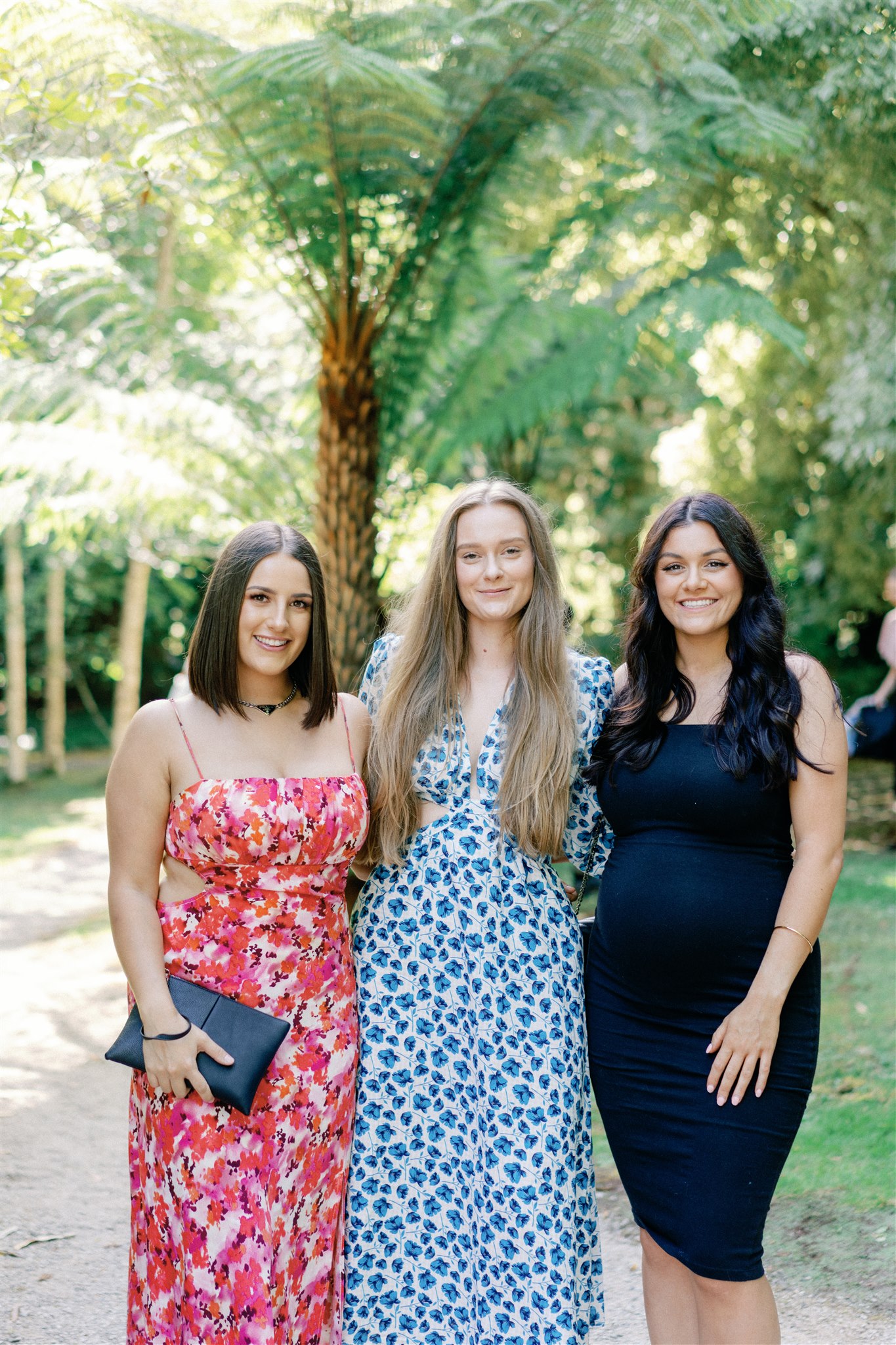
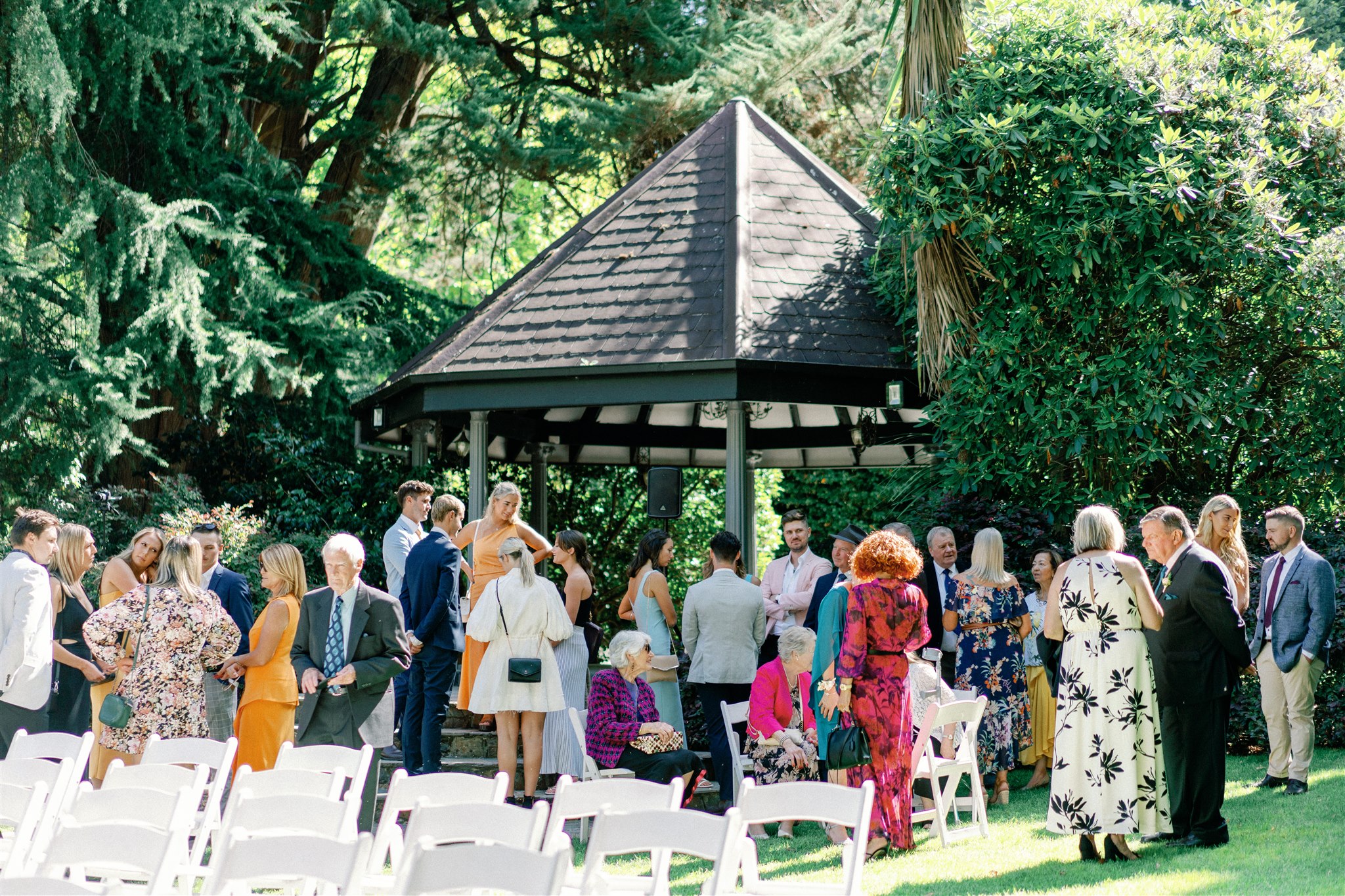
Ceremony (30 mins to 1 hour)
The time you’ll need to photograph the ceremony will depend on what’s involved. Typically, a civil ceremony will go for 30-minutes. But it can go up to 1 hour if you have more traditional readings, prayers or songs.
A few examples you might like to capture during this time include reaction from the groom as you walk down the aisle, reading the vows, exchanging the rings, first kiss, the wedding parties and walking down the aisle as a married couple.
If you can, it’s best to try and avoid planning your ceremony for mid-day or early afternoon during the summer months because it’s usually when the light is harshest, which doesn’t always photograph the best.
I always allow 10-15 mins after the ceremony before group or family photos. Naturally, your family and friends will want to congratulate, hug and kiss you, and I’m here to capture all the love.
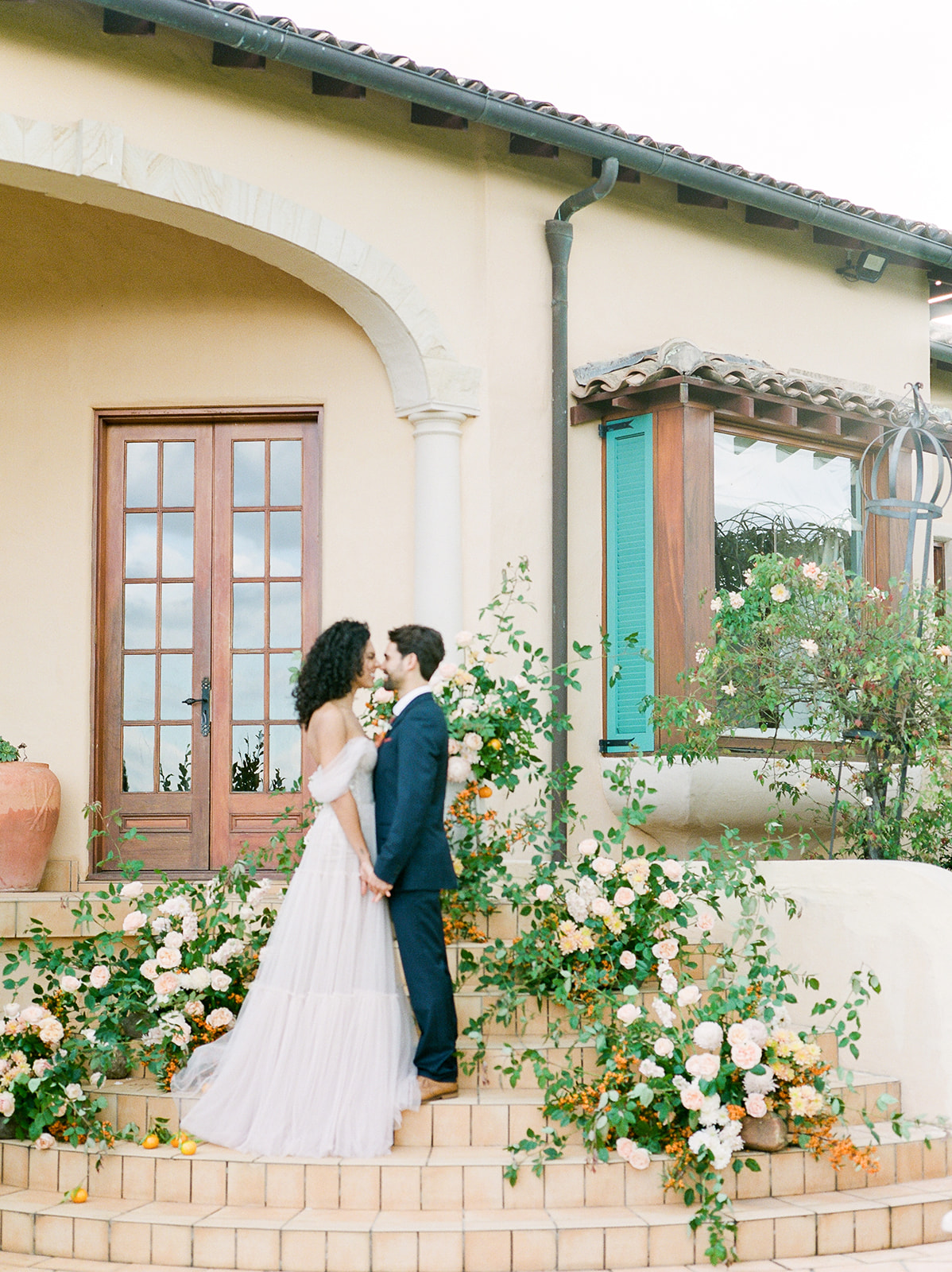
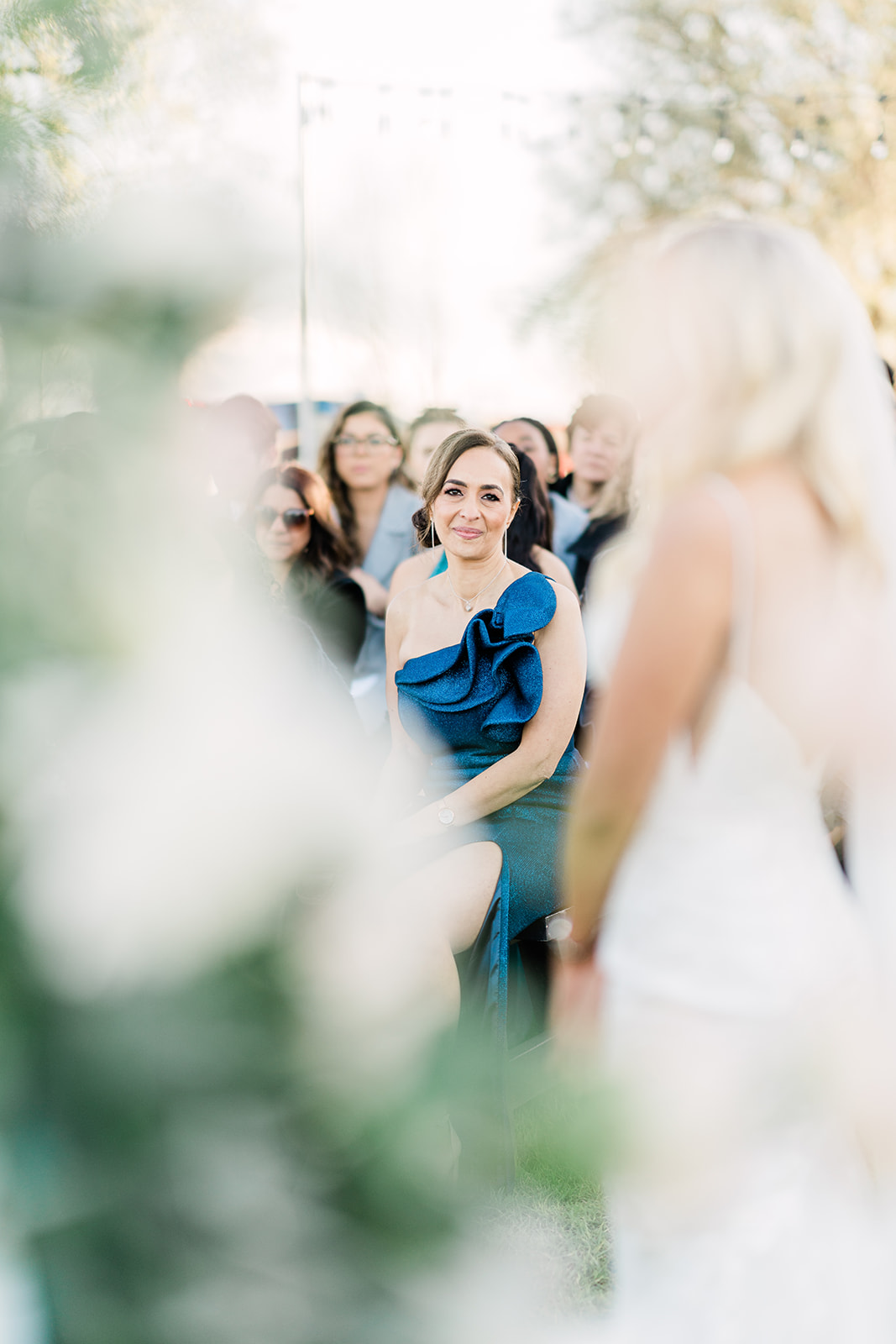
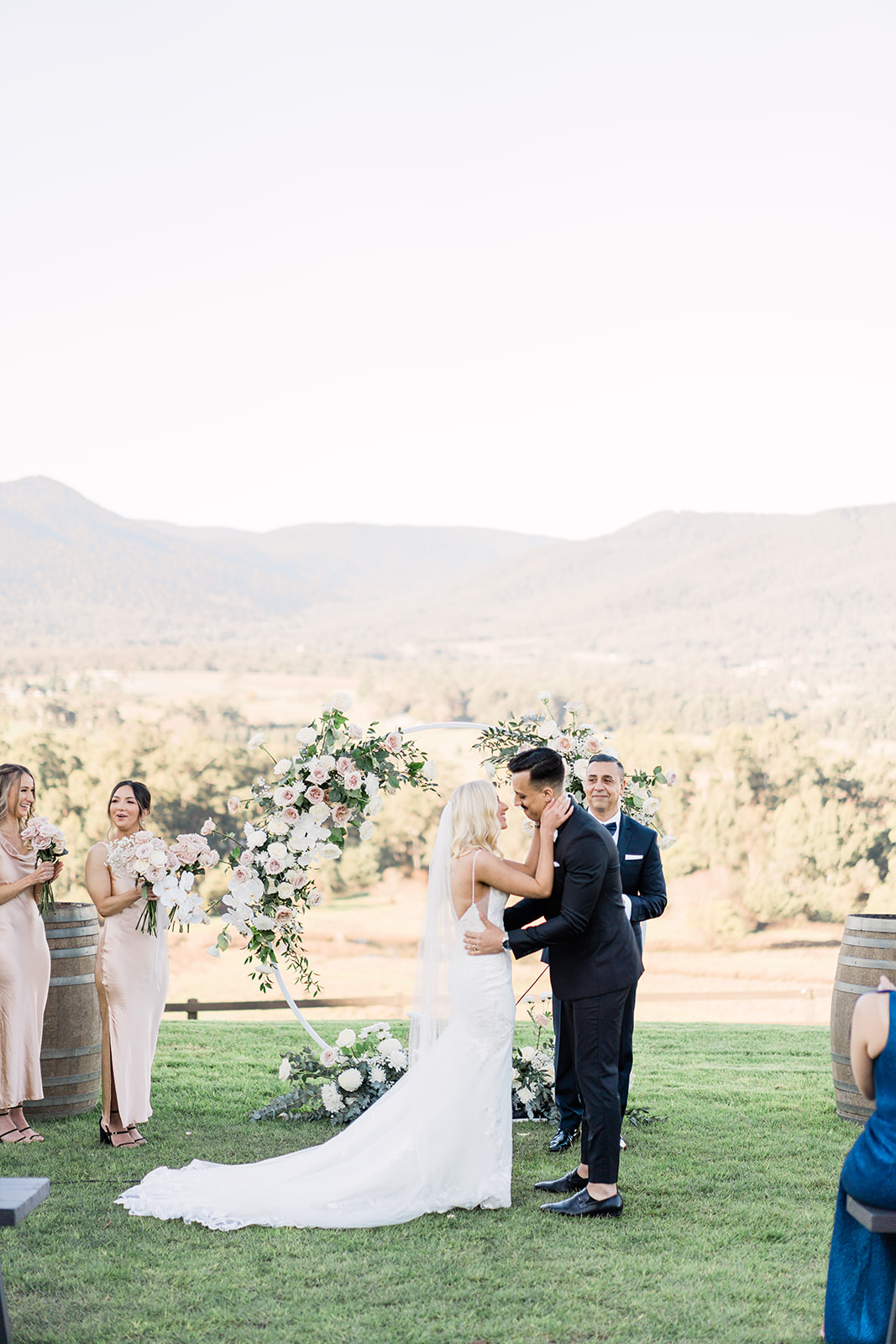

Group Photo (optional +10 mins)
If you want to get a photo with all of your guests, the best time is directly after the ceremony when everyone walks out to the cocktail area. It’s really the only time during daylight when everyone will be in the same spot. So if you have 10 minutes, this is a really fun idea.
Family Portraits (15 to 20 mins)
Coordinating family formal photos can take time and patience. So often, there are a lot of people to coordinate and get in front of the camera. However, following simple tips can help this process go more smoothly.
- Take family formal photos first since these tend to be more posed.
- Work with smaller groups at a time to help keep things organised and moving along.
- Have a list of must-have shots, so you don’t forget anyone.
For family photos, it’s best to list everyone’s name on your family portraits list and assign a helper who knows everyone and can help round them up.
Wedding Party Photos (20-30 mins)
After capturing the family photos, it’s time to take the bridal party photos. These are always great opportunities for the bride and groom to have a mini-celebration with their closest friends. As a result, the photos look fun, relaxed and more natural. If you time it correctly, you might even get the opportunity to take these photos during golden hour.
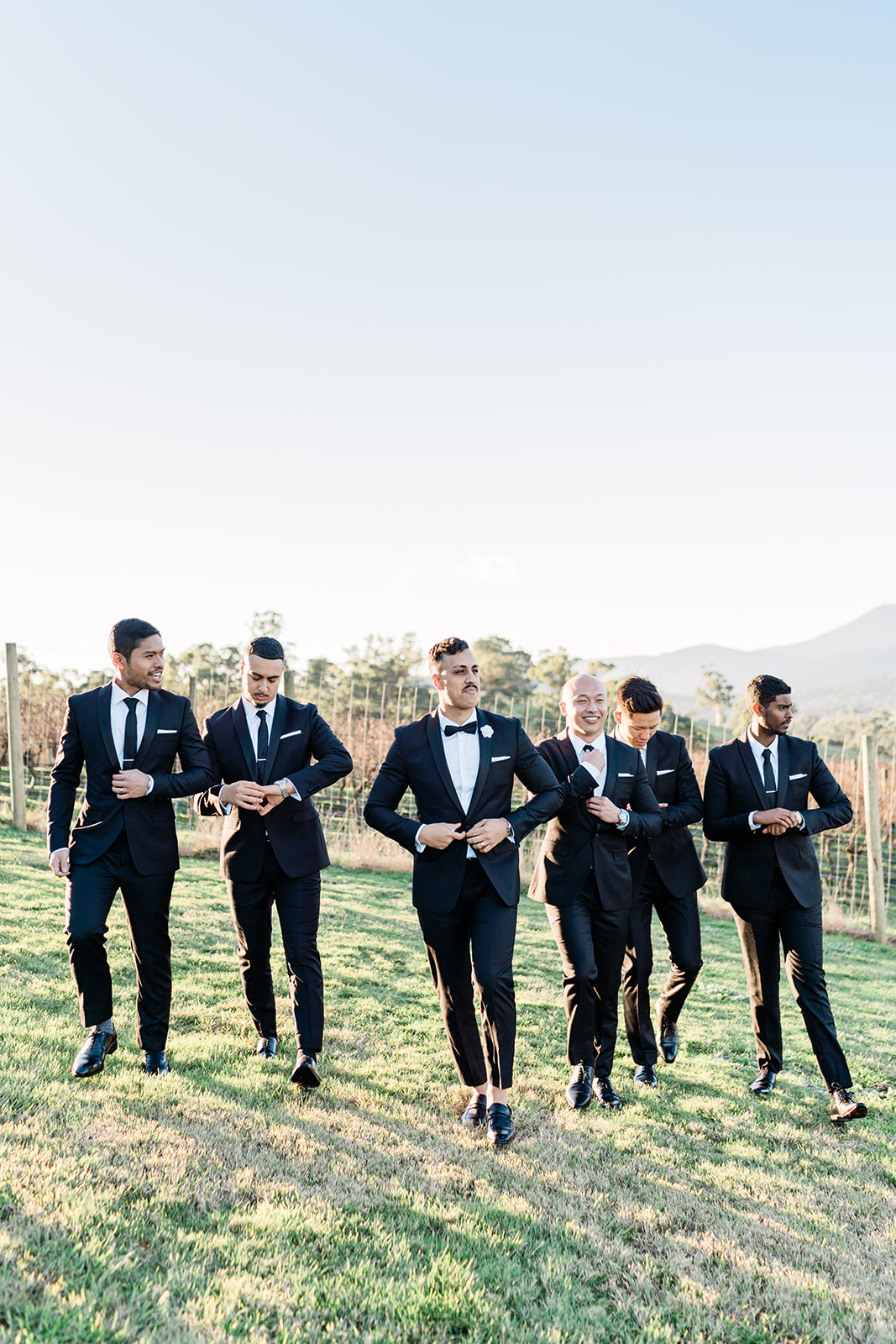
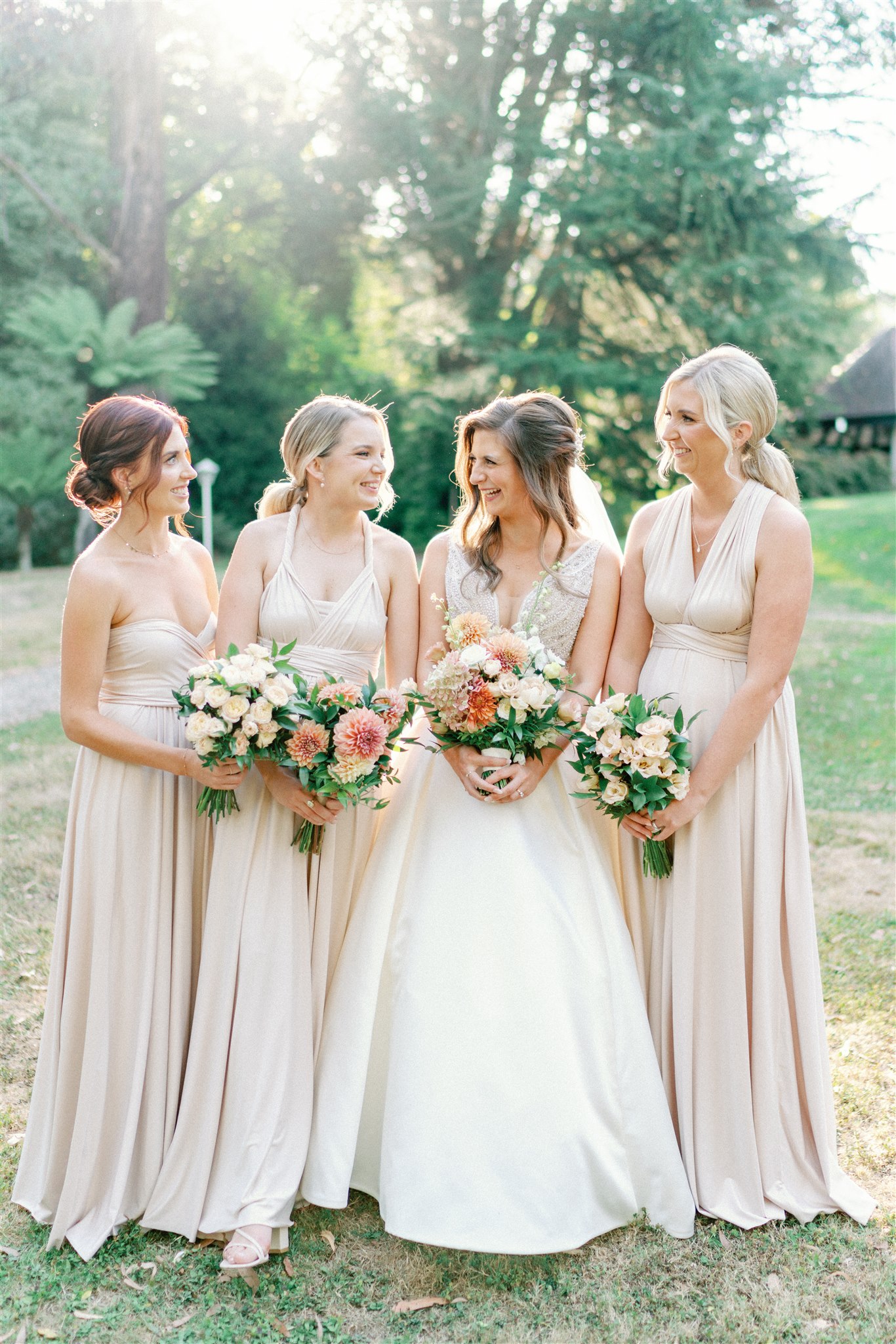
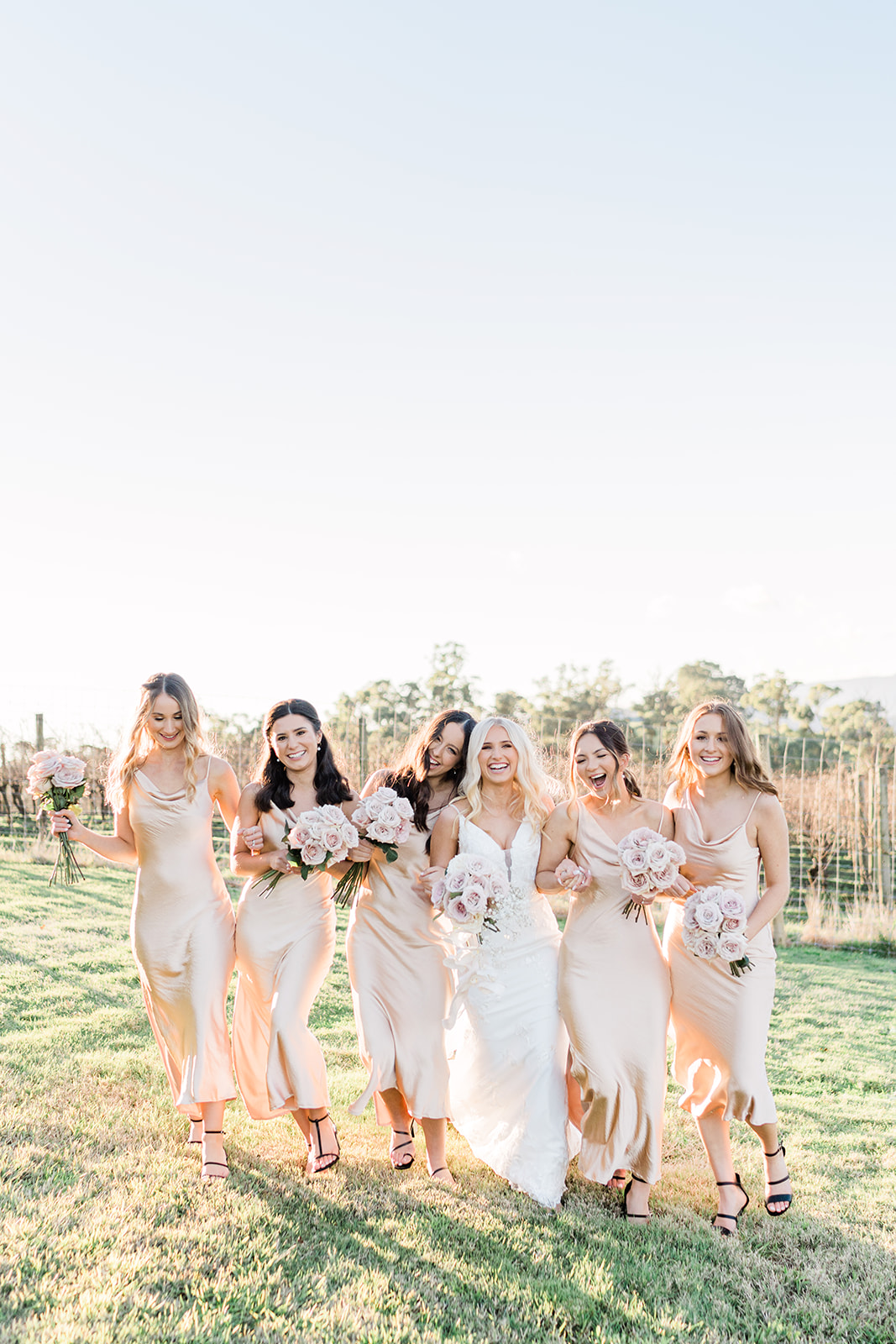
Portrait photos (40mins to 1 hour)
Some might argue that the most important photos you take during your wedding are your portraits. During this time, it’s you, your husband or wife, your wedding photographer and sometimes the videographer.
Depending on whether you had a first look and how many locations you want to visit, your portrait session will usually take 40 mins to 1 hour. Before taking these images, I scope out locations for your portraits around the venue that will help bring your dream vision to life. I recommend a maximum of 2-3 locations.
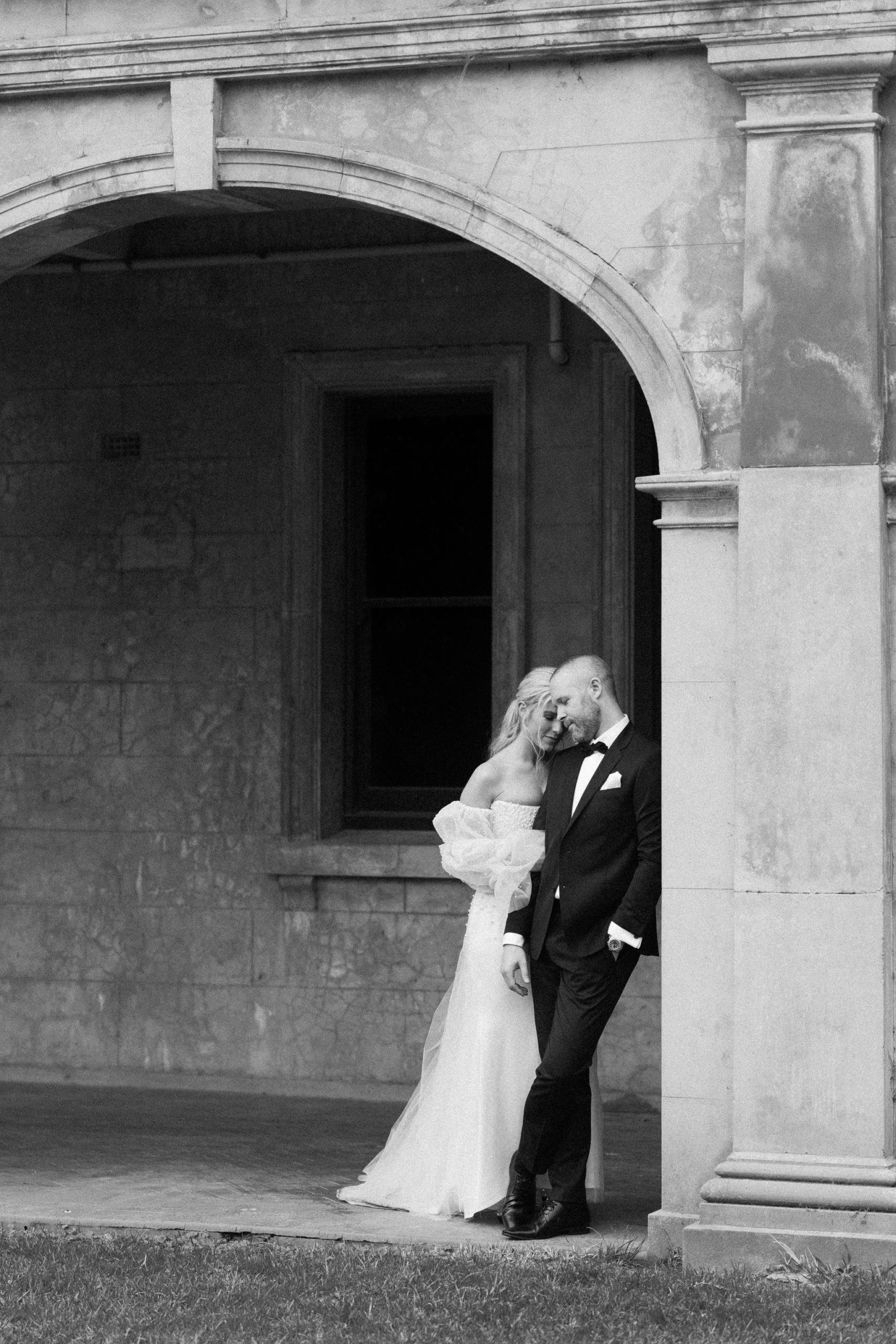
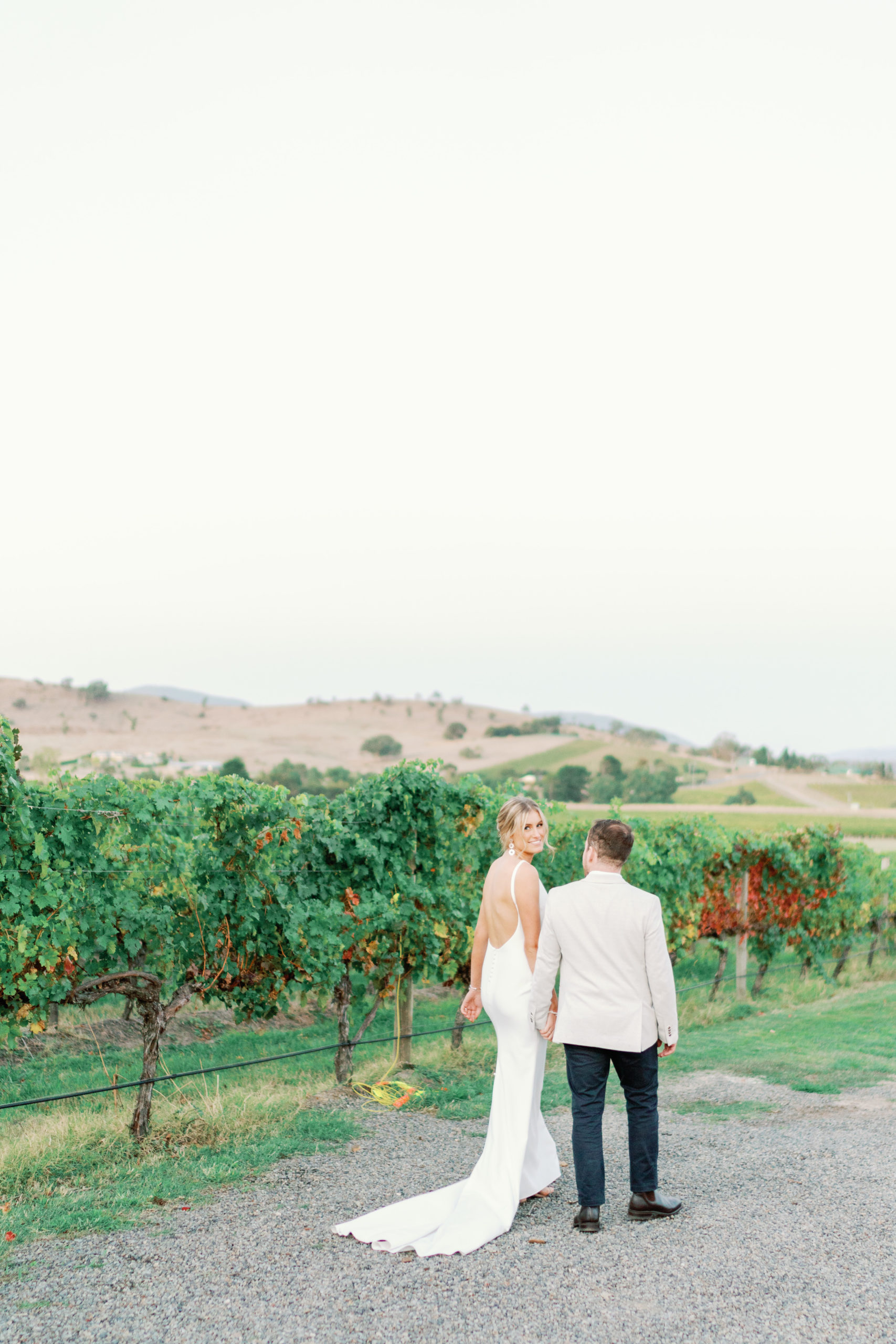
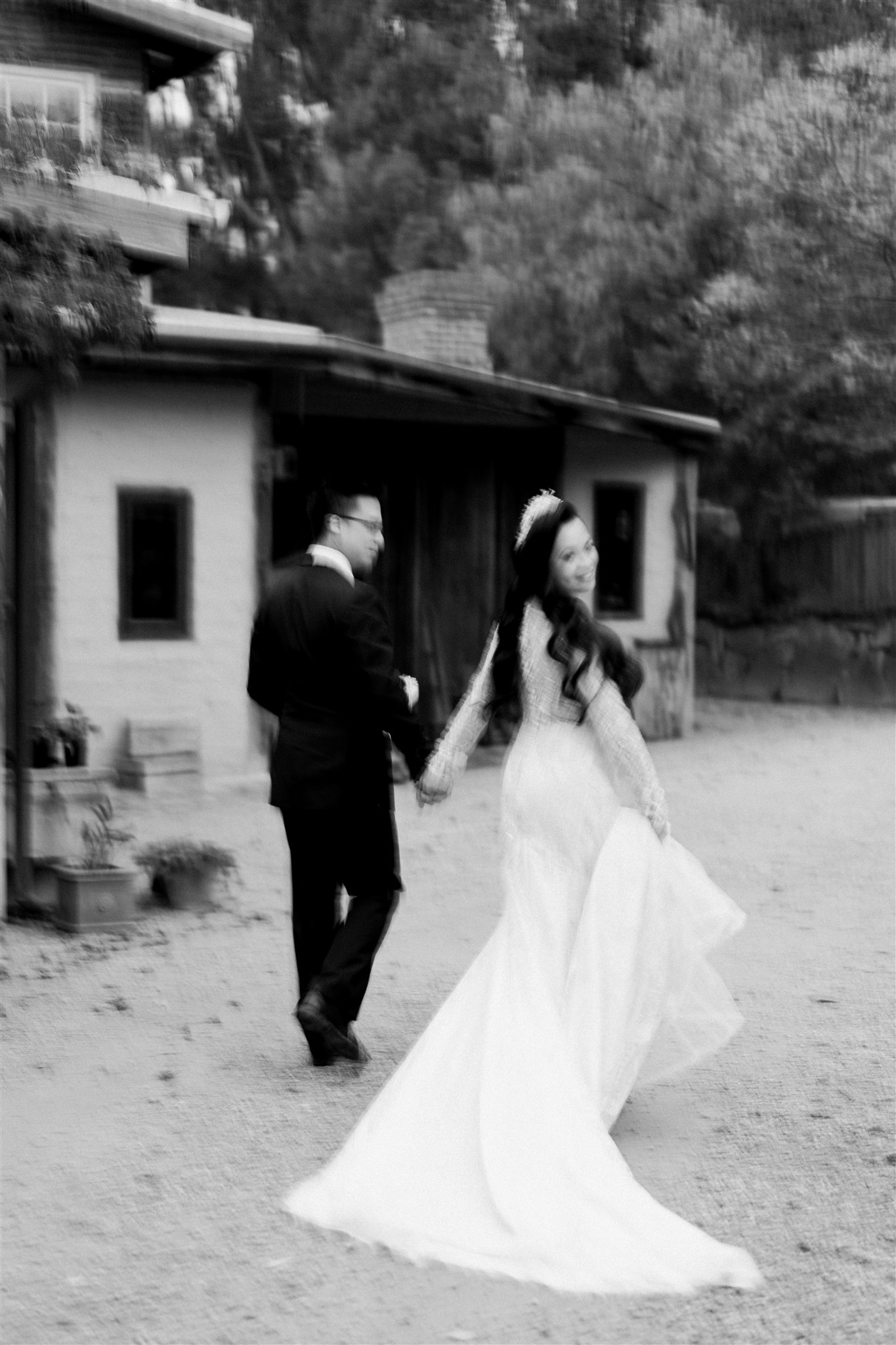
Sunset Photos (20 mins)
Depending on the location, weather and reception schedule, you’ll want to try and squeeze in 20 minutes to take some photos at sunset! These truly are my favourite moments because you’ve married your best friend, you’re feeling relaxed in front of the camera, and the light is magical. As a result, the photos are a moment in time that you’ll remember forever.
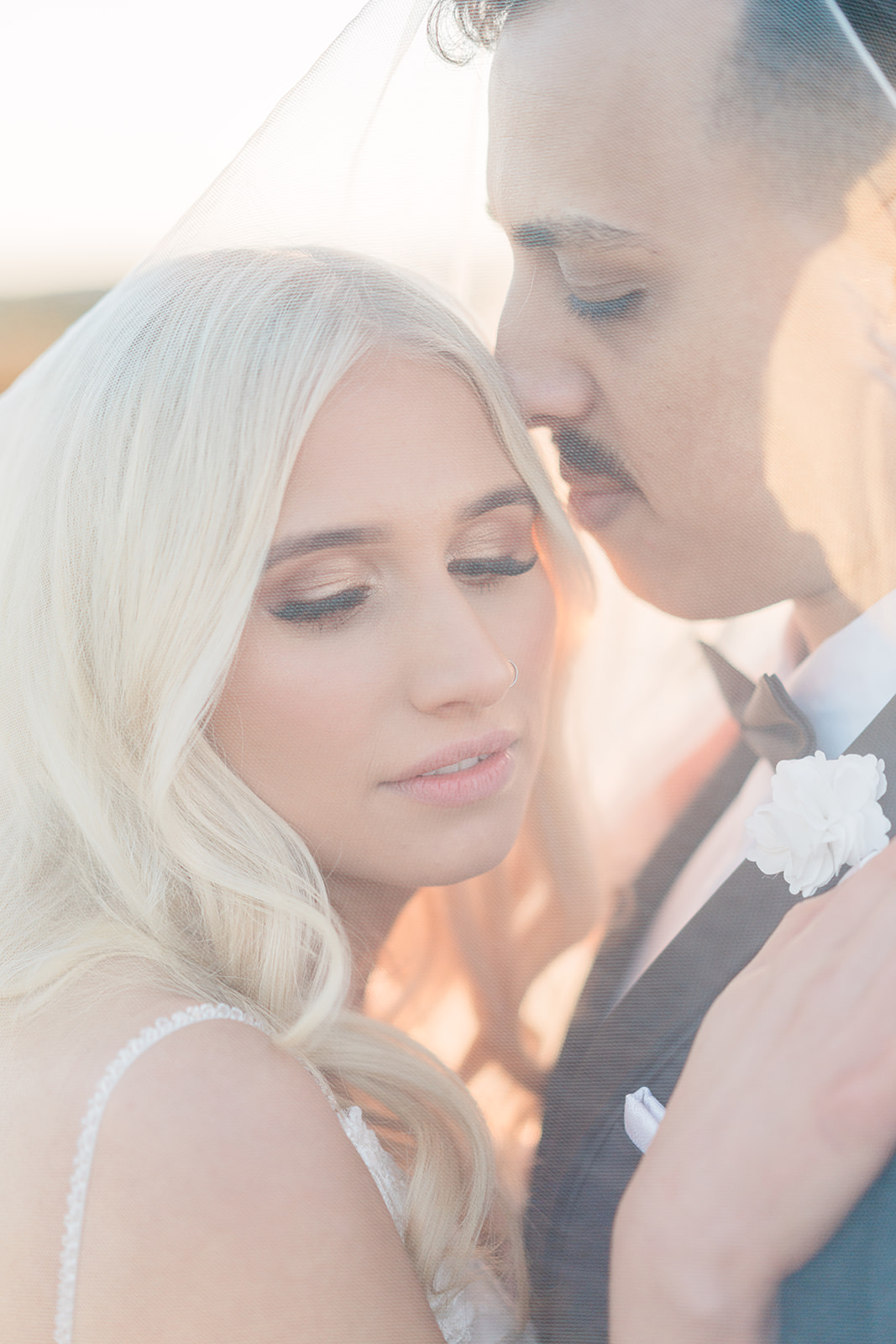
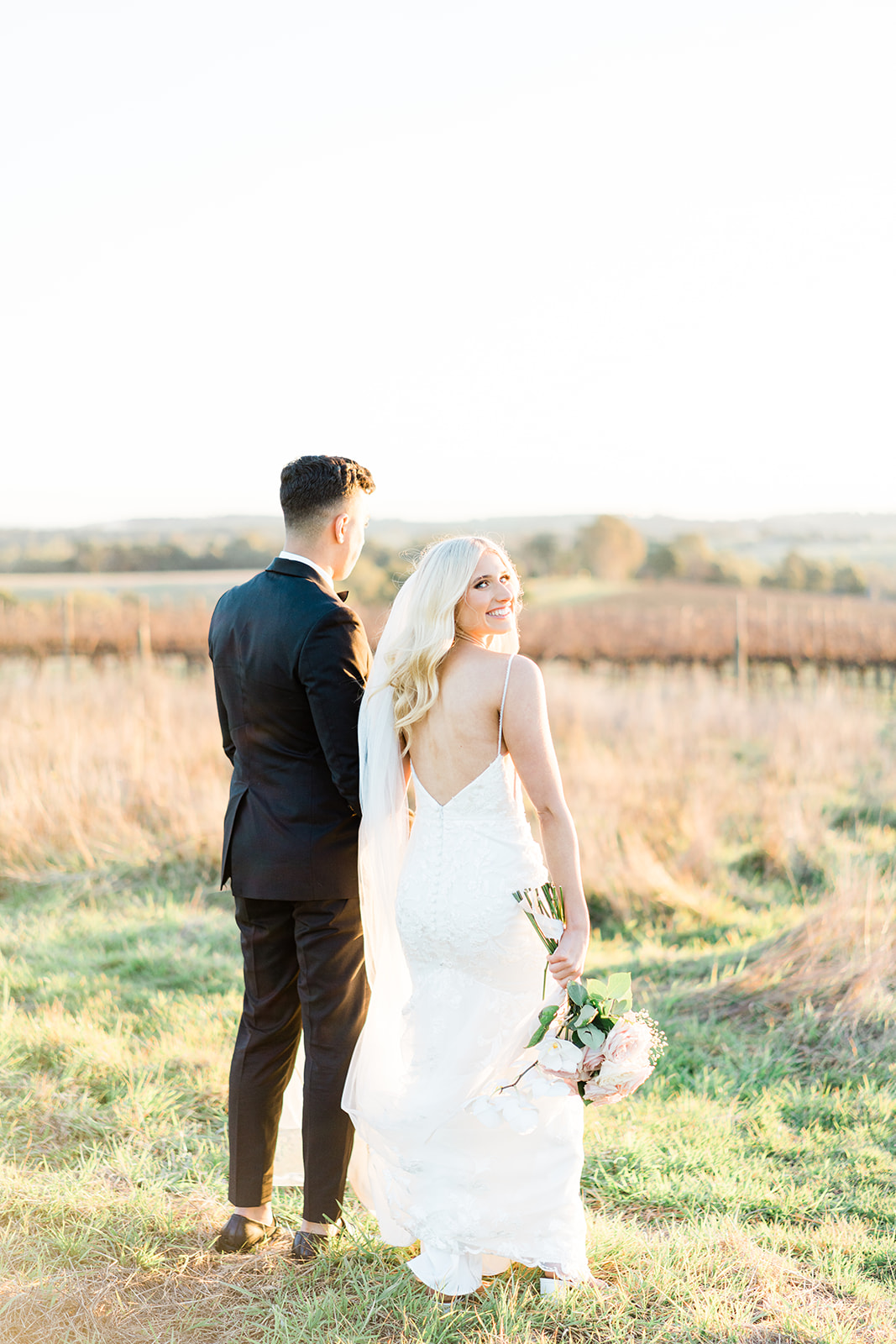
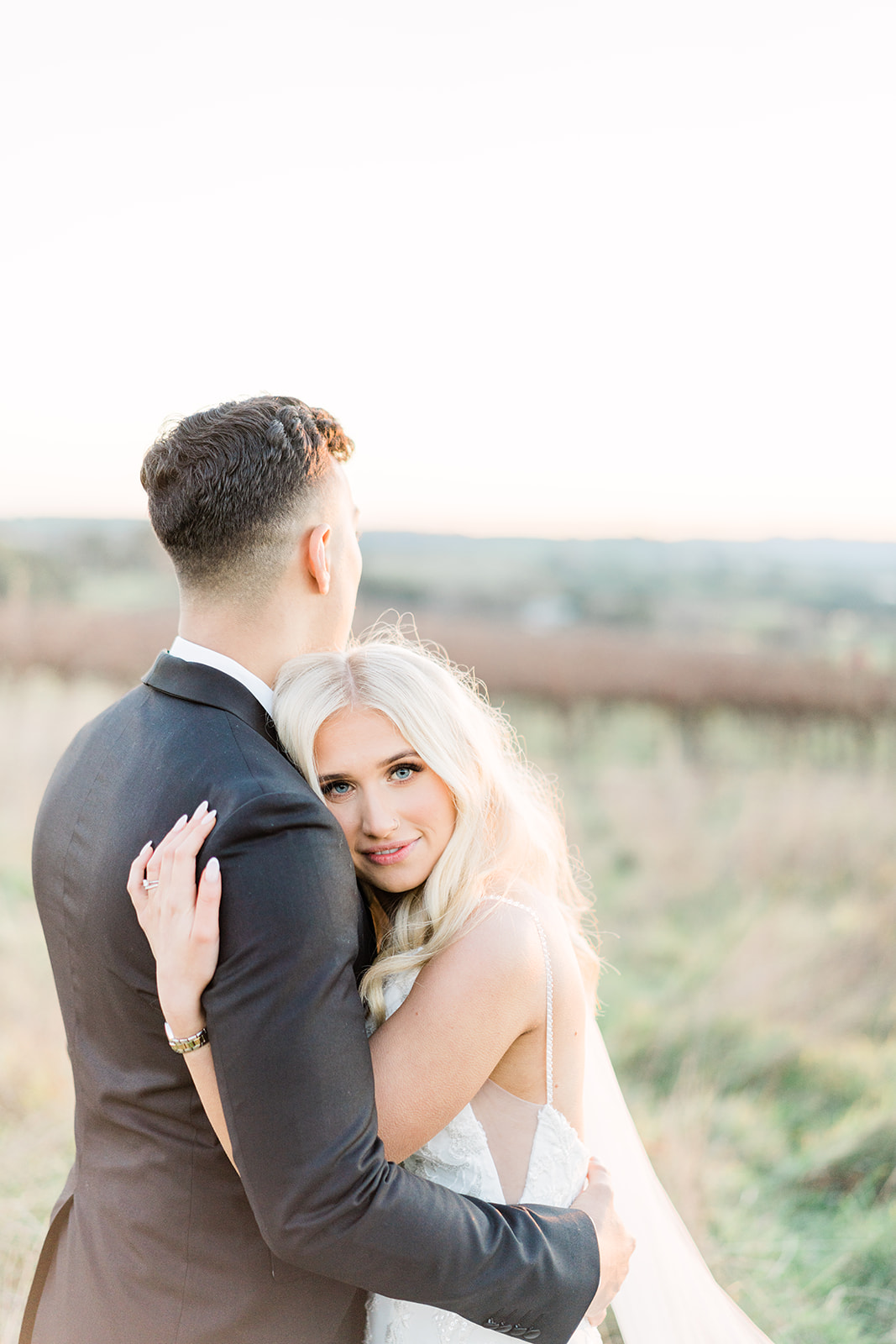
Reception (open)
Everyone raise their glasses for the newly married couple! By this point, you and your partner are officially married, and it’s time to celebrate. This part of the day is open and depends on what you want to capture.
Typically, most couples will use 2 hours to capture their reception including your grand entrance, the cake cutting, your first dance, speeches and some dance floor action. If there are any special events happening near the end of the night, then you can add these to the timeline.
It’s become more popular over the last couple of years for couples to request flash photography during the dance party. Flash photography is perfect for those who want the dance floor to feel like a luxury event fit for A-list celebs.
If you have any special events at the end of the night like a sparkler exit or fireworks at midnight, then adding additional hours will ensure that these moments aren’t missed.
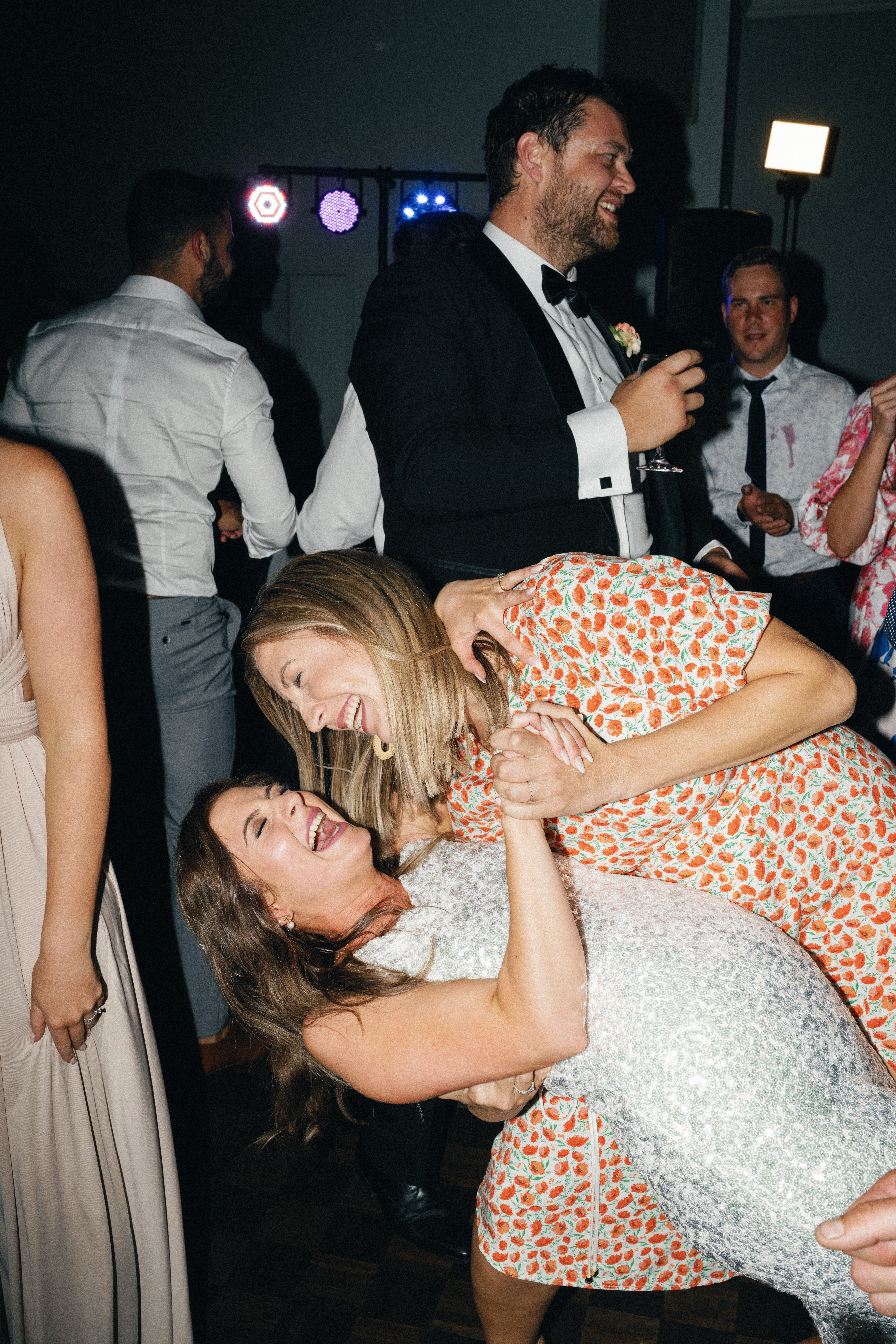
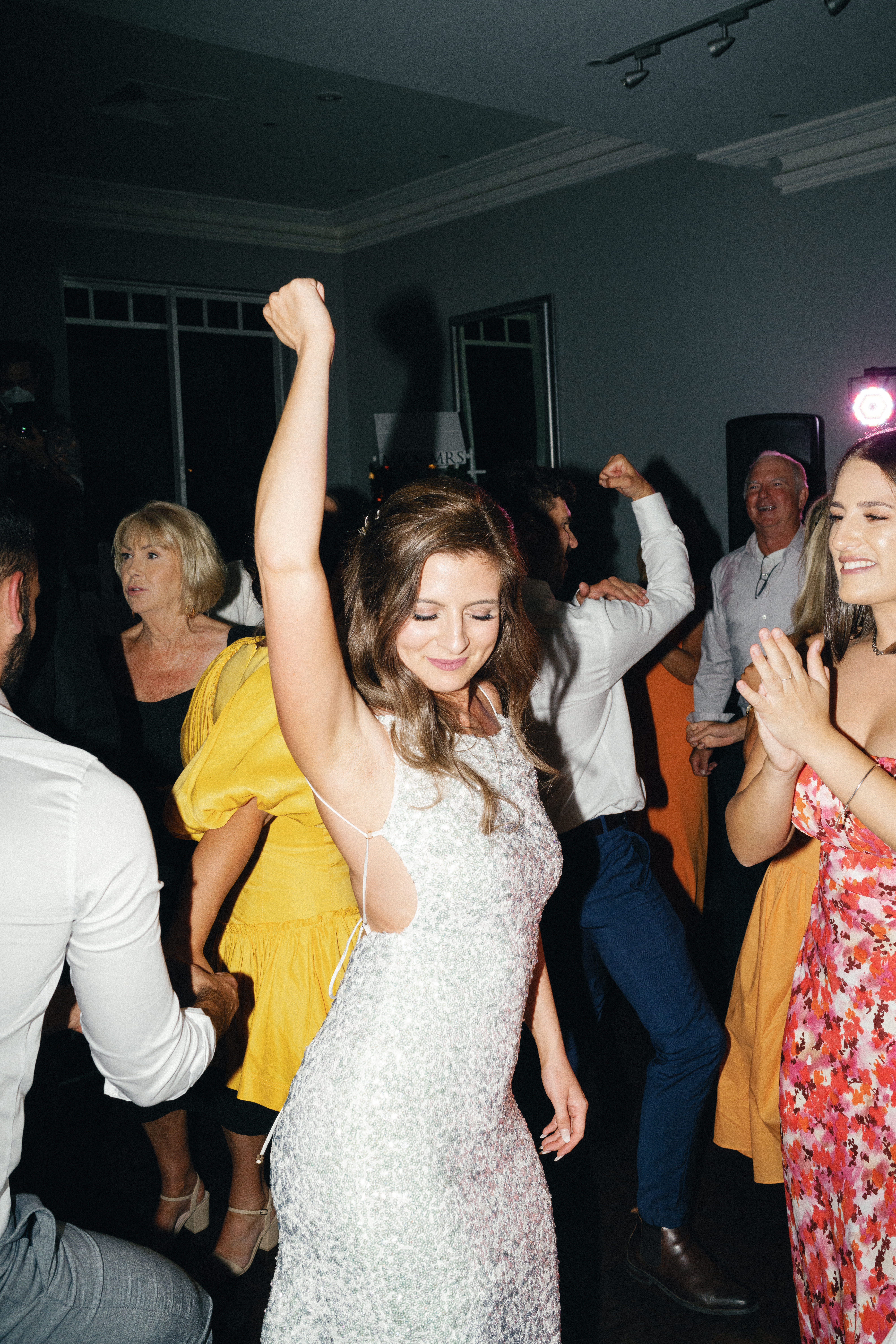
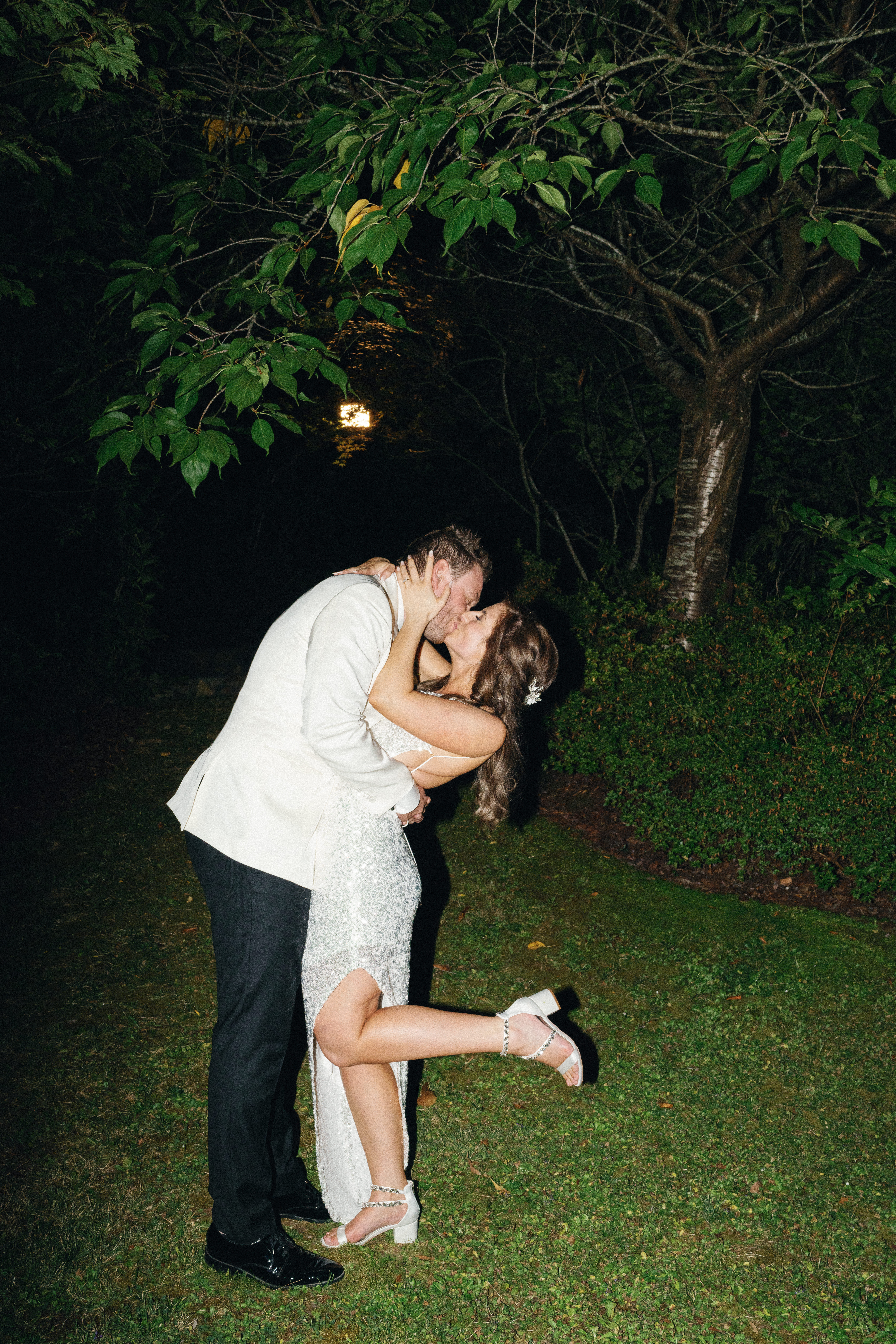
5 Tips to Help Your Wedding Photography Timeline Run Smoothly
When you’re planning your wedding, the last thing you want to worry about is whether everything will go smoothly on the day. So here are five tips to help your day run as planned and ensure you can relax and enjoy every moment.
1. Build in Buffer Time
It’s common for things to run late during the wedding day. Hair & makeup might be delayed, or perhaps there’s unusually heavy traffic.
When the timeline starts to slip, it’s usually taken out of portrait time. Building in an extra 10 minutes here and there into your wedding photography timeline will ensure that you have enough time during your portrait time to relax and enjoy creating beautiful imagery with your significant other.
2. Schedule an Engagement Session
If you want the chance to get in front of the camera with your partner and work with your wedding photographer before the big day, then I recommend organising an engagement session.
Make sure to schedule your engagement session at least 4-5 months out from the wedding day, so it’s one less thing you need to think about. Engagement sessions also allow me to understand how you interact with each other.
When looking for a location for your engagement photos, I recommend choosing a place that holds meaning for you and your partner. This photoshoot is also a great opportunity to test your wedding makeup or hair.
3. Add the First Look with Parents
If you’re not doing a first look with your bride or groom, you might want to incorporate a first look with someone special in your life like mum, dad or a sibling. It’s an effortless way to involve them in your special day and a beautiful surprise you can give them as a gift.
As the photographer, I would capture the first look with you and your special person after you finish getting ready. We can shoot this at your getting-ready location and have the moment private or shared with others like your bridesmaids.
If you’re planning on having a first look with your parents, I recommend adding it to the wedding photography timeline.
4. Plan Ahead for Golden Hour
Golden hour is notably one of the most popular times to take photos during a wedding, and for a good reason. However, it’s a small window of time, so it requires extra planning to ensure you get the most out of this hour.
Whether or not you do the first look, I recommend planning to shoot some of your portrait photos during golden hour. It’s also a great time to take group photos of the bride, groom and bridal party. Once you see the result, you’ll be happy you planned enough time.
Since golden hour changes from season to season, it’s best to do your research beforehand and schedule your ceremony accordingly.
5. Plan ahead for cocktail photos
Depending on your wedding timeline, some wedding photographers might take photos during cocktail hour. This part of the wedding photography timeline can vary from 30 minutes to 1 hour. During cocktail hour, some great photo examples include candid shots of the guests, details of the reception before people make their way inside and photos of the food and drink.
What happens if it rains?
Unfortunately, even the sunniest days may have a chance of rain. So the best way to prepare for the rain on your wedding day is with a wet weather plan.
First, if you’re working with a wedding planner or a day of coordinator, make sure they confirm an indoor ceremony option should it decide to rain. You might also want to ask your hair and makeup artist how to keep your hair and makeup looking great regardless of the weather.
Of course, rain shouldn’t stop you or your photographer from capturing your wedding photos, but you might need to get creative with how to stay dry and clean. I recommend purchasing some clear umbrellas from Amazon.
Wrap Up
A wedding photography timeline will depend on the flow of your wedding day and the photos you want to capture, but this guide is a great starting point. Next, I suggest working with your wedding photographer to build a wedding photography timeline that works for your vision. I make sure that all my couples have a customised wedding photography timeline with all of these factors in mind.
Whatever your timeline for the day, make sure to soak it all in, consider the first look to give yourself more time and always have a wet weather plan. If you’re still looking for your wedding photographer – let’s chat! Your timeline is my timeline.
Xo, Sonya
+ view the comments
